Having returned from a charming two weeks in Ireland, I learned so many things along the way. Ireland is one of the most peaceful and scenic countries I’ve ever visited. It is rich in history, littered with stunning landscapes, and has a vibrant culture! But before you pack your bags and head off to explore its charming towns, ancient castles, and windswept coastlines, you should know a few things to make the most of your visit! From navigating the unpredictable weather to understanding local customs and driving on narrow roads, this guide covers all the essential tips for first-time visitors to Ireland. Whether you’re chasing scenic beauty or craving a taste of the Irish Isle, these insider insights will ensure your trip is as smooth as it is unforgettable.
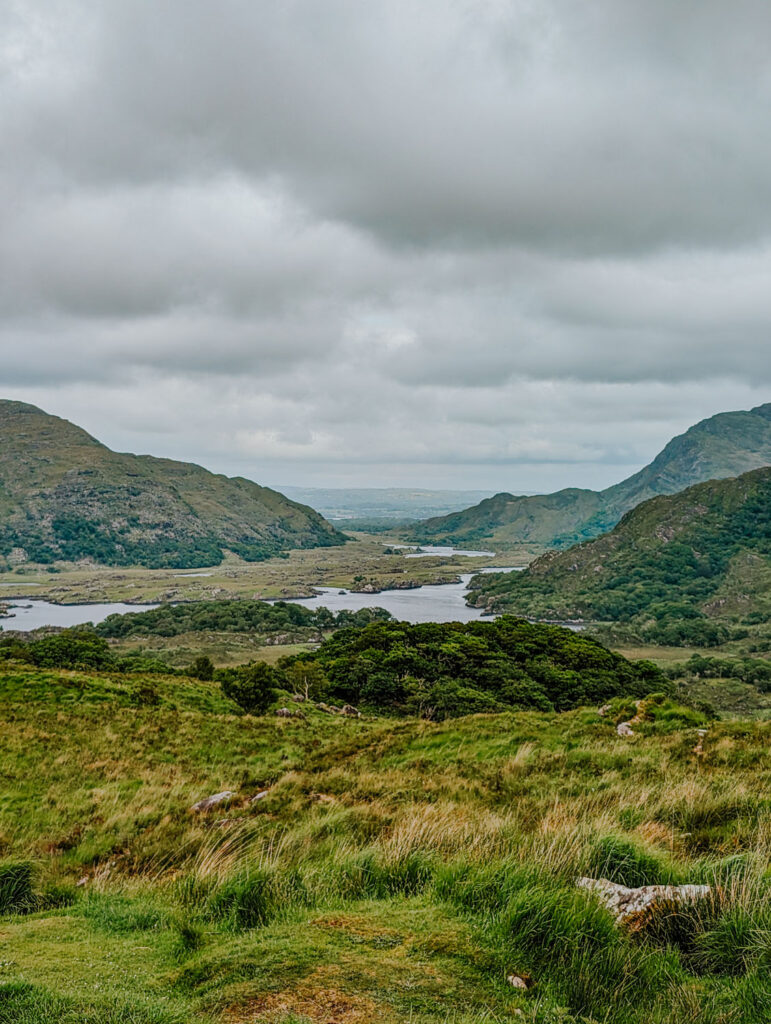
- Don't Spend too much time in Dublin
- Be Prepared for Unpredictable Weather
- Travel out of Season if you want fewer Crowds.
- Don't Rush Through the Country
- Book a Bed and Breakfast!
- You Don't Need to Fly in and out of Dublin
- The Best Driving Tips
- Tips on Driving the Ring of Kerry
- Alternative to the Ring of Kerry, The Ring of Beara
- You Don't Need a Car to see Parts of Ireland
- What to Eat in Ireland?
- Enjoy the Craic!
- Advice on Visiting the Cliffs of Moher
- Alternative to the Cliffs of Moher, Slea Head Drive in Dingle
- Gaelic is the Second Official Language
- Discover the Stone Circles
- Tips on Visiting the Giant's Causeway
- Grab Gas Station Irish Breakfast Roll
- How to Get a Bus to Stop
- Blarney Castle is more than just the Stone.
- What to Know Before Buying Irish Wool Products
- Don't Forget Your VAT Refund
- Buy Tickets in Advance
- Have Tea over Coffee
- Don't miss the Irish Beaches!
- Grab Yourself a Spice Bag
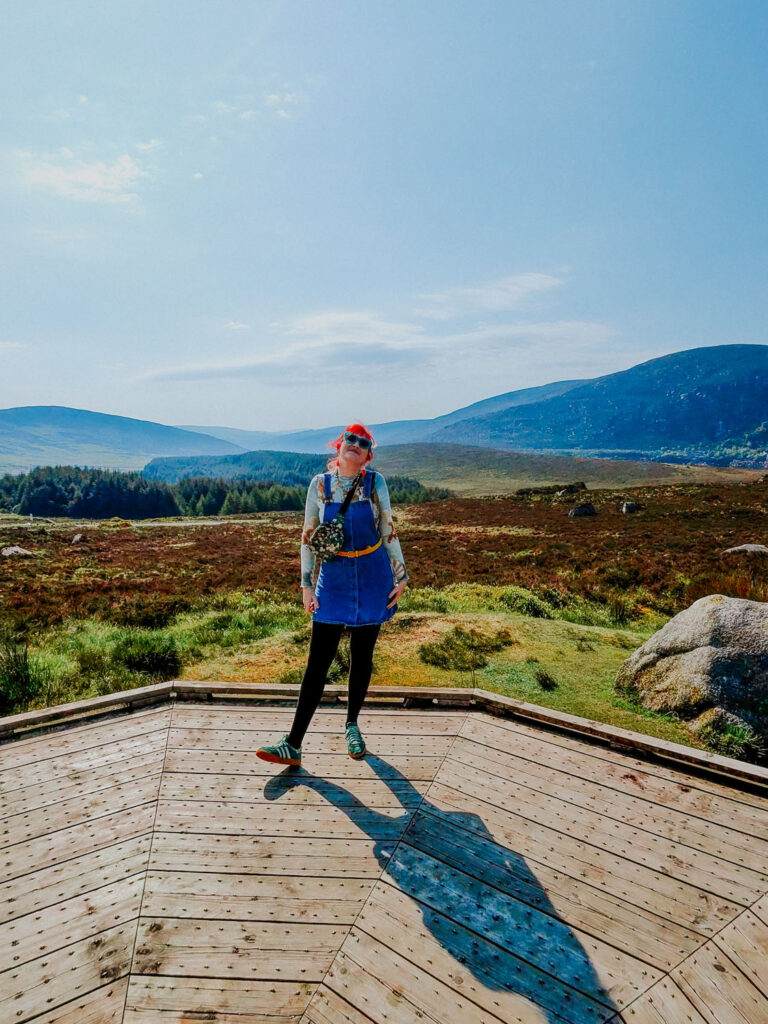
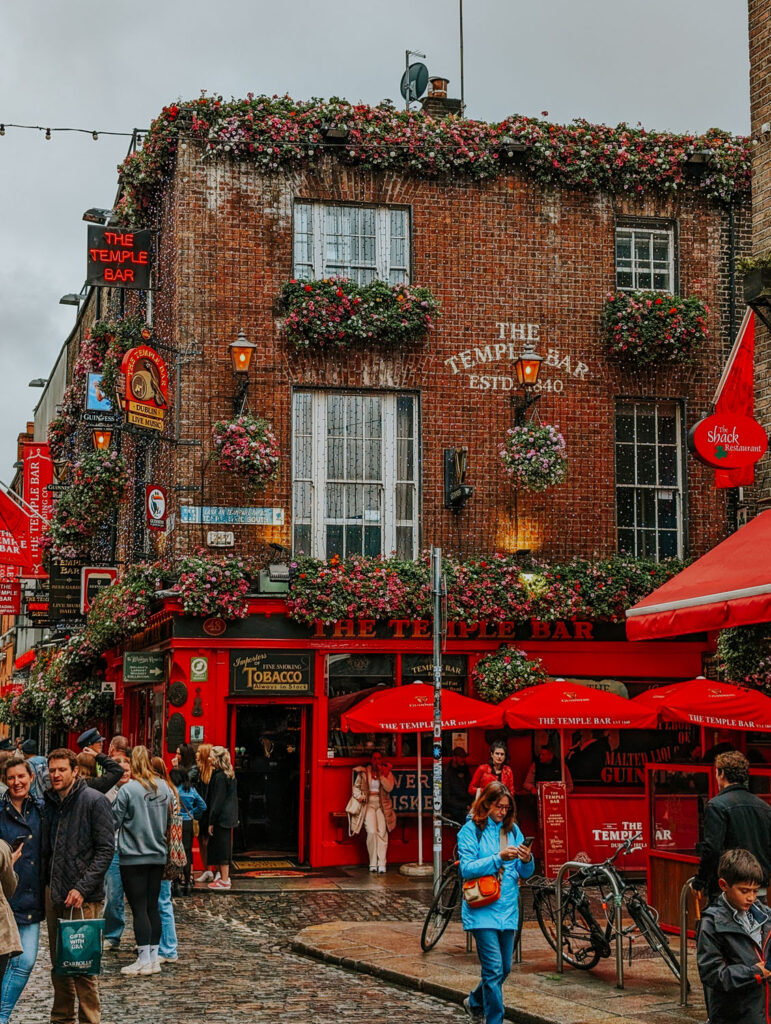
Don’t Spend too much time in Dublin
Exploring Ireland to its fullest means getting out of the city! Too many travellers fly in and out of Dublin without leaving the city! One of the biggest draws of Ireland is its stunning natural landscapes, which include rugged coastlines, green rolling hills, dramatic cliffs, and picturesque countryside. Spending too much time in Dublin means you might miss out on iconic destinations like the Cliffs of Moher, Ring of Kerry, Connemara, and Giant’s Causeway, which showcase Ireland’s breathtaking natural beauty. Even just taking a one-day trip from the city doesn’t allow you to get immersed into the landscape like renting a car or simply taking the train to another city on the other side of the country does.
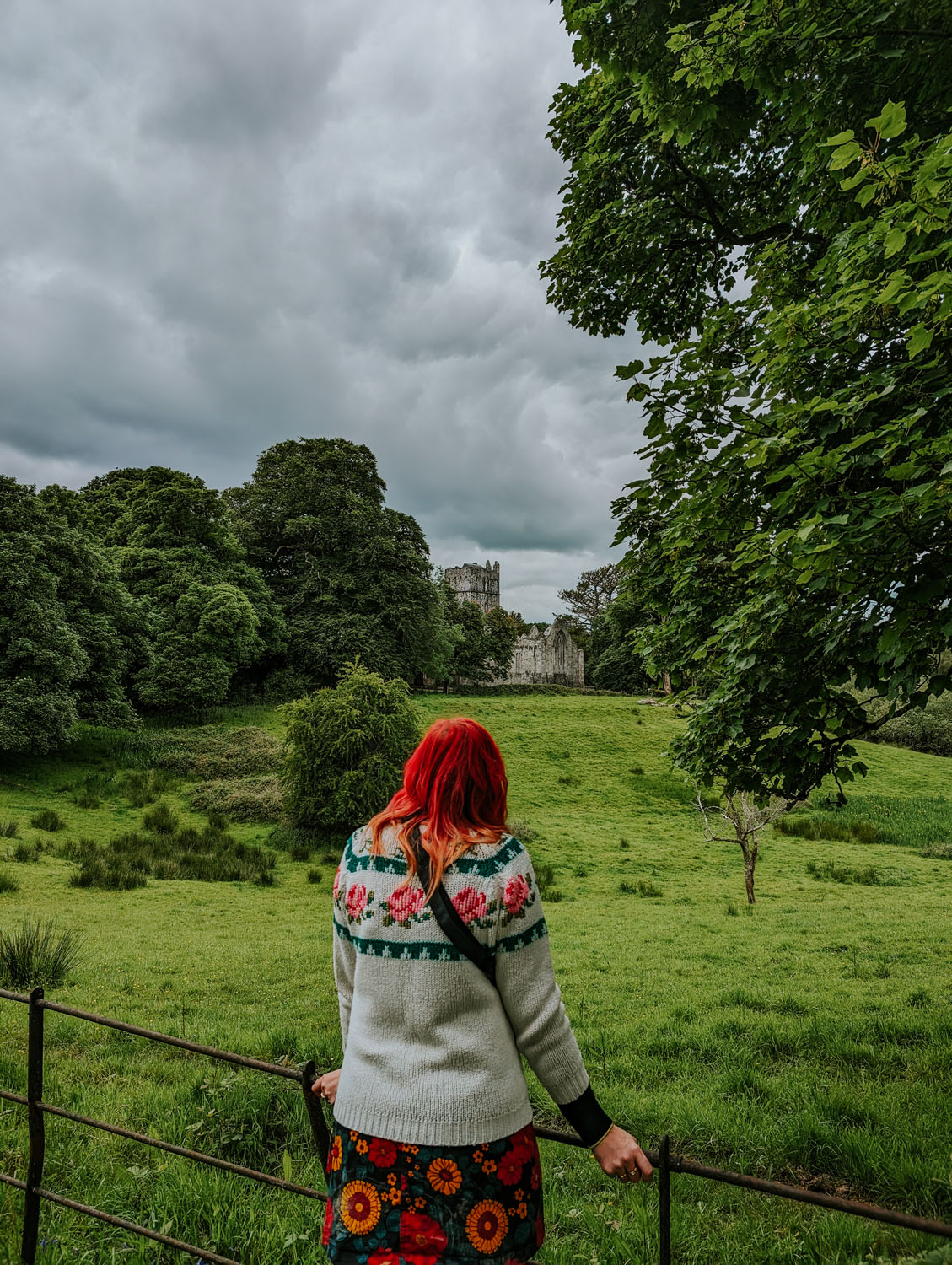

Be Prepared for Unpredictable Weather
Ireland’s weather is famously unpredictable. And even in one day, you might experience all four seasons! The climate is generally mild, thanks to the influence of the Atlantic Ocean and the Gulf Stream, but frequent changes in weather mean that travellers must be prepared for various conditions.
Ireland’s temperatures are relatively moderate year-round, with average highs ranging from 15–20°C (59–68°F) in summer and 5–10°C (41–50°F) in winter. Rain showers are frequent, no matter the season, so it’s best to be prepared for wet weather even if the forecast looks clear. Also, you must remember that coastal areas, particularly along the Wild Atlantic Way, can be quite windy, making it feel colder than the actual temperature.
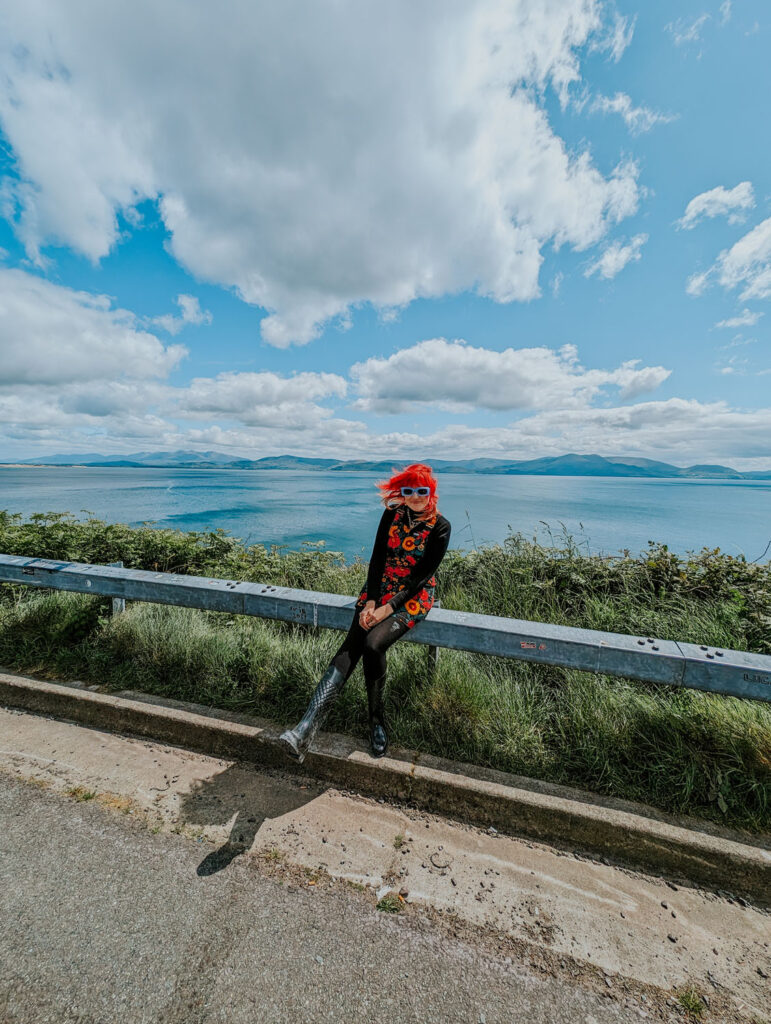
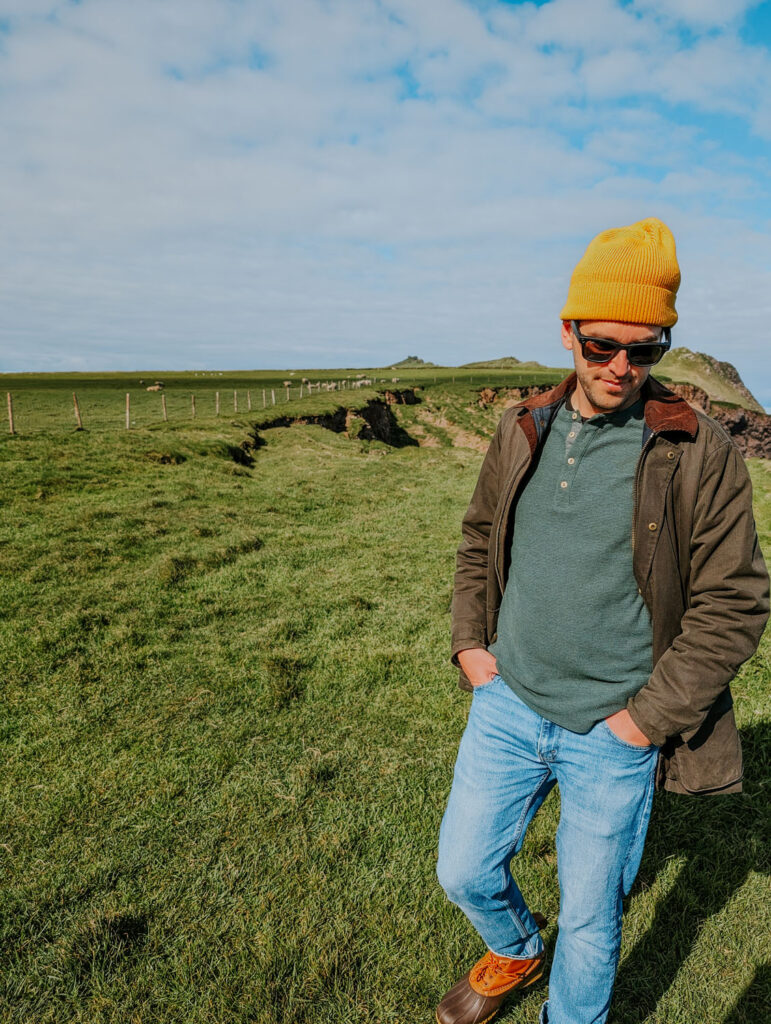
Packing with versatility in mind is essential. Here’s what you should include:
Waterproof jacket or raincoat: A high-quality, lightweight, waterproof jacket is a must, as rain showers can occur anytime. Look for something that is easy to pack and can handle sudden downpours.
Layers: Layering is key to staying comfortable in Ireland’s changeable weather. Bring items like long-sleeve shirts, sweaters, and t-shirts that you can easily add or remove based on the temperature.
Comfortable walking shoes: Waterproof shoes or boots are ideal for exploring Ireland’s towns, countryside, and coastal paths. Make sure they have good traction, especially for slippery surfaces. If you’re going to be walking on any of Ireland’s countryside hikes, you’ll almost doubtlessly run into sheep and with sheep come sheep pop. And you’ll be very thankful to have the boots with you and not a fancy pair of shoes!
Umbrella: A strong, small, compact umbrella can be handy to keep in your day bag for quick protection against the rain, but it is not a substitute for a good raincoat, as the strong winds often make even the best umbrellas useful.
Warm clothing: It can get chilly in the summer, especially in the evenings or along the coast. Bring a warm sweater, fleece, or light jacket for those cooler moments.
Hat and gloves: Even in the late spring, it was great to have a pair of gloves, a hat and a scar on hand to keep us warm on cold, windy days. And if you’re visiting in the winter, you’ll need these!
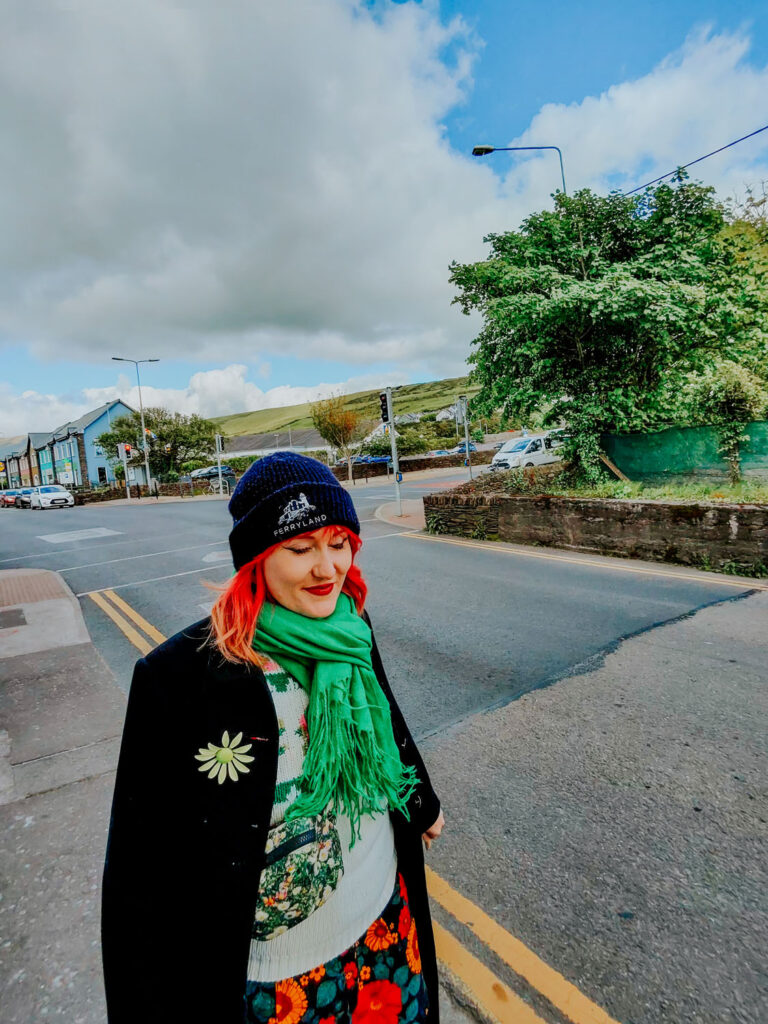
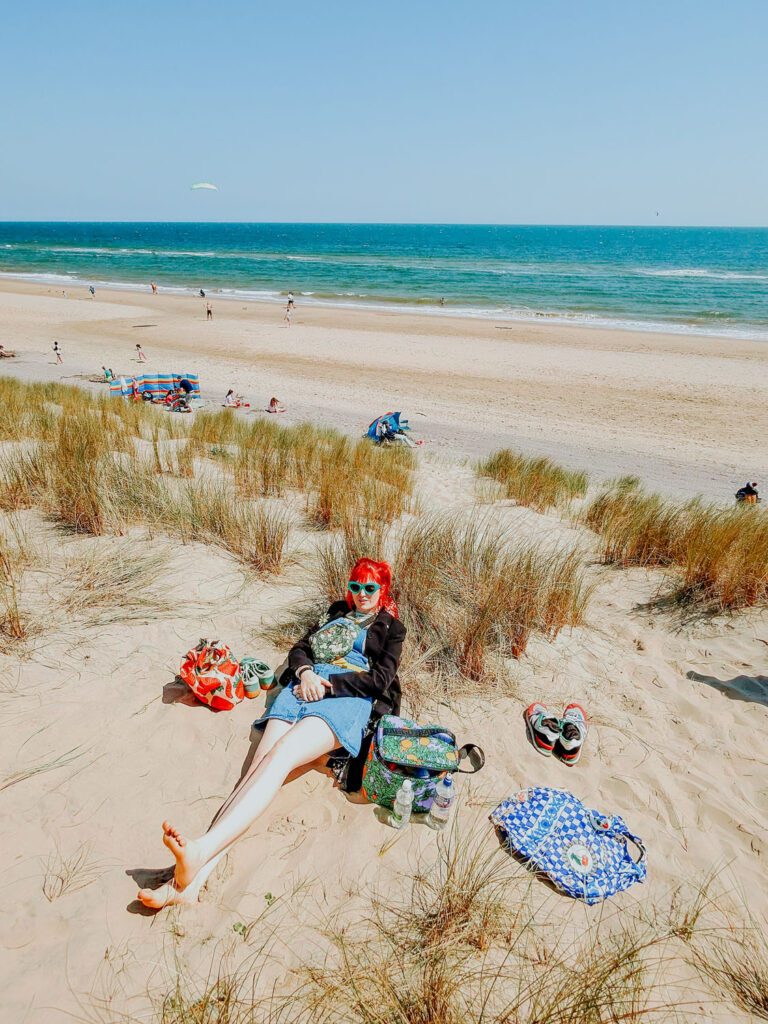
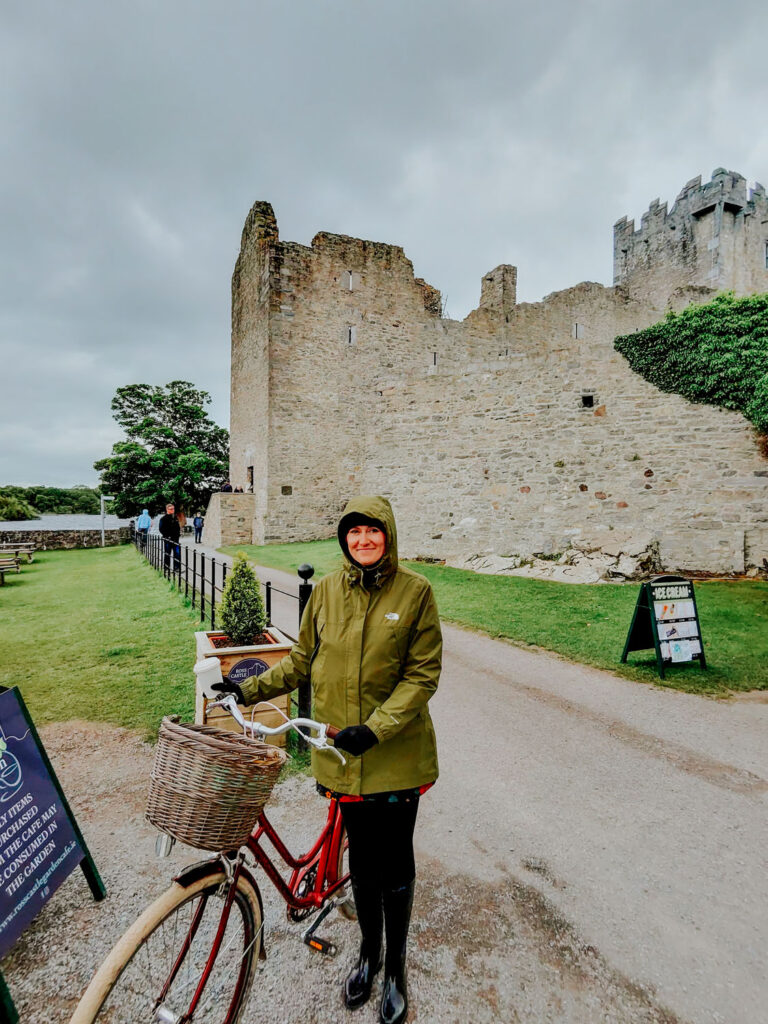
If you’re travelling in a car, we always make sure to leave a packing cube filled with a change of clothes, both warmer and cooler, so we are prepared for any change of weather or if the clothes we were wearing god soaked through with rain. Trust me, even carrying a change of socks makes a big difference on a cold rainy day!
Travel out of Season if you want fewer Crowds.
I envisioned an isolated Irish countryside and sights devoid of people where I could experience a transcendental moment. But what surprised me was, even in remote locations, how many tourists there were even in Spring, before the height of the summer months. If you’re looking to avoid the busiest tourist season in Ireland, the low season runs from November to the middle of March. However, there are some considerations to make when visiting outside of tourist season, aside from the obvious, such as the cold, damp weather. Irish winter days are short, so you must plan your itinerary accordingly. Additionally, some places might be closed out of season, so you’ll want to check in advance if any sights on your “must-see” list are closed for the season.

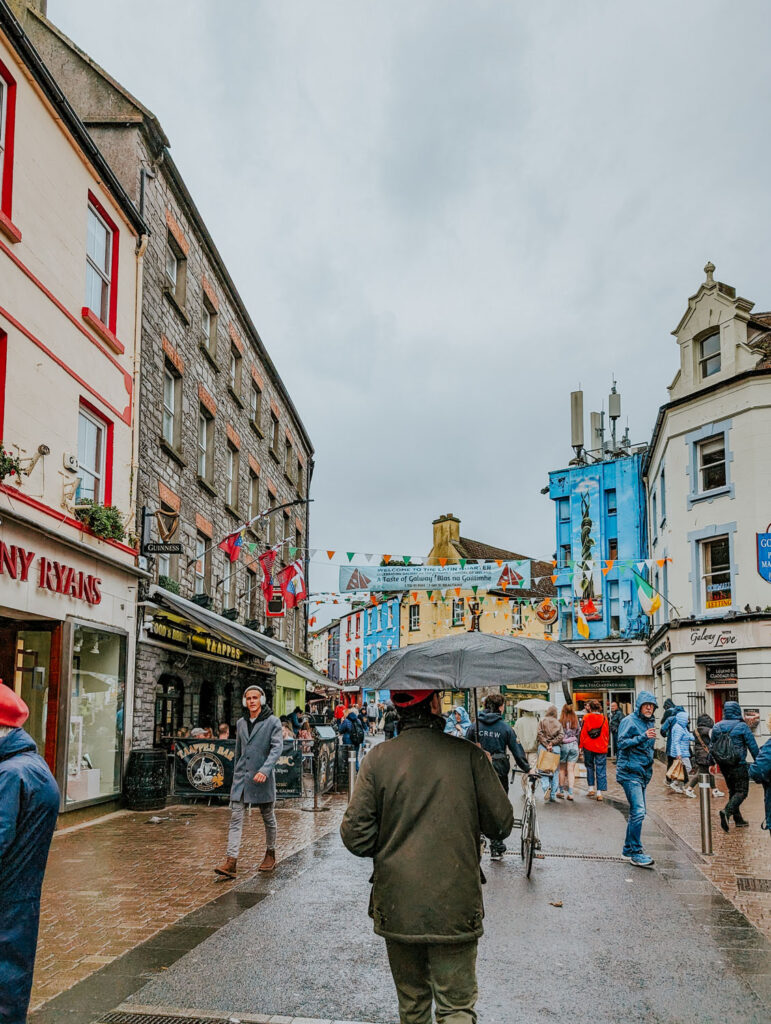
Don’t Rush Through the Country
I read so many blogs that made it seem like you could travel the whole country and see it all in seven days. But even if this were possible, it would mean spending mere minutes at each sight. When visiting Ireland, it’s best not to rush your itinerary and instead take your travels at a slower pace. The charm of Ireland lies in its scenic landscapes, cozy villages, and hidden gems, all of which are best appreciated when you take your time. Rushing from one tourist spot to the next can lead to missing out on spontaneous moments, such as stumbling upon a local pub with traditional music, engaging in friendly conversations with locals, or stopping to admire a breathtaking view along a coastal road. Travelling slowly also allows you to absorb the authentic atmosphere of small towns and villages, savour local food, and experience Ireland’s welcoming culture. The distances in Ireland might seem small, but the twisting, narrow roads make travelling even shorter distances a longer-than-expected drive.
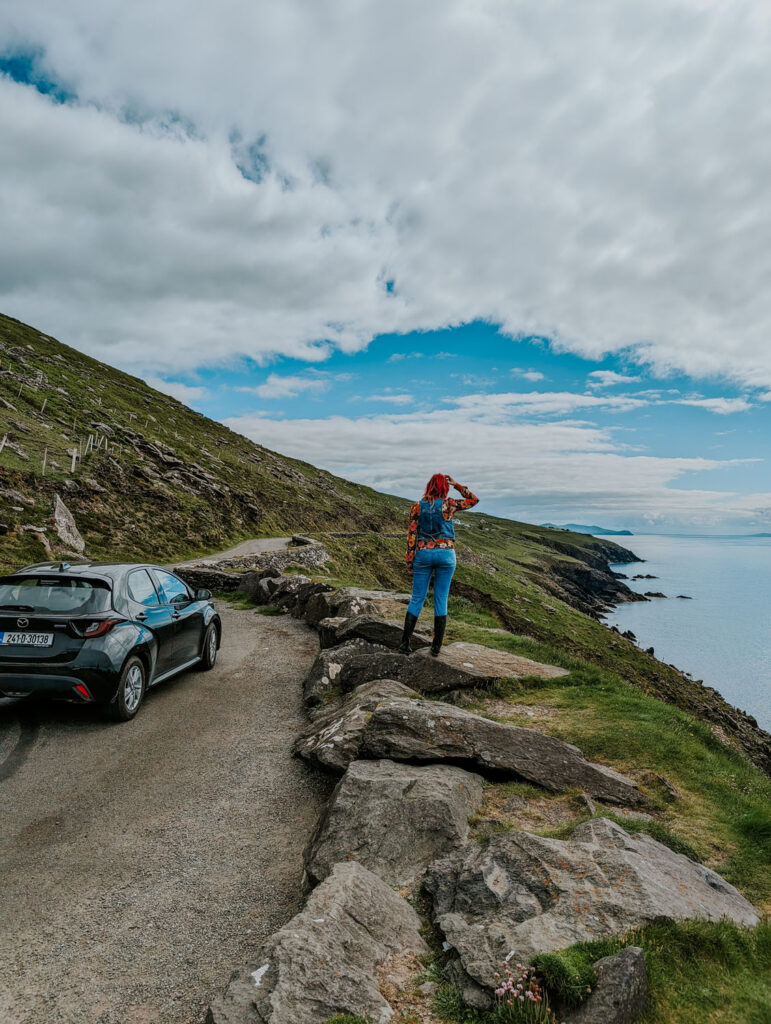
We appreciate the days so much when we would stay in a town for more than one day at a time. It allowed us a break from the constant packing and unpacking and also gave us opportunities to explore a hidden cliff path or take an hour or two to just sit by a quiet lake. You won’t be able to see it all and trust me, you’ll be thankful you removed a few spots from your list to take it easy and allow yourself to appreciate a moment of rest and relaxation over being stuck in your car every minute of the day.
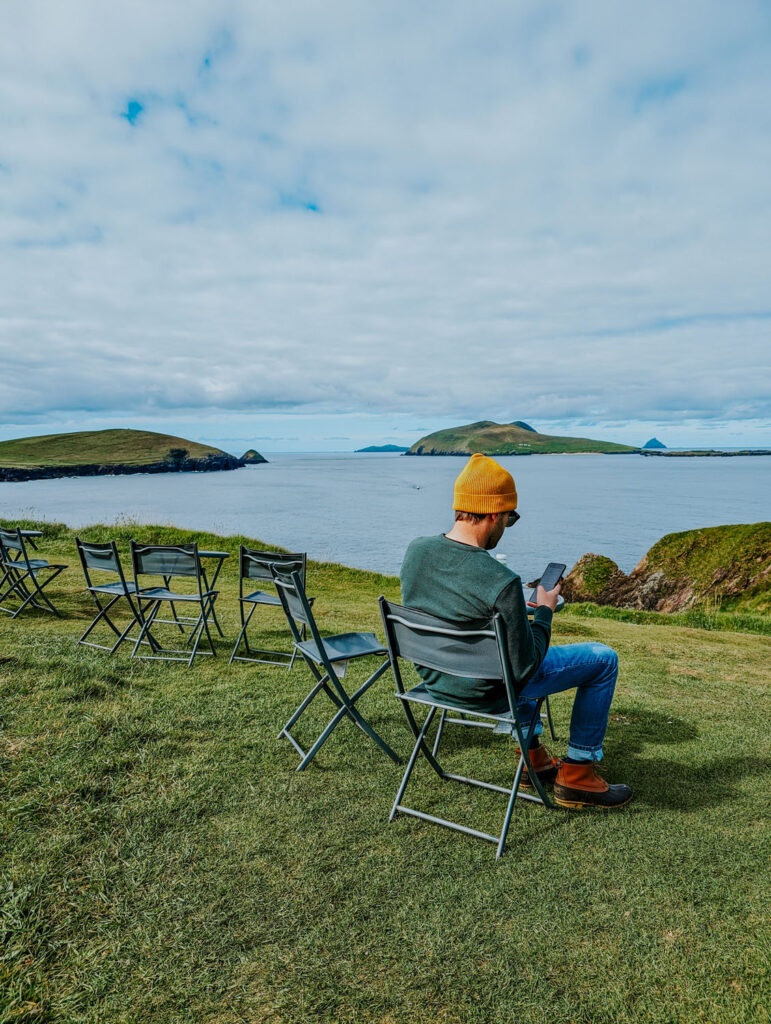
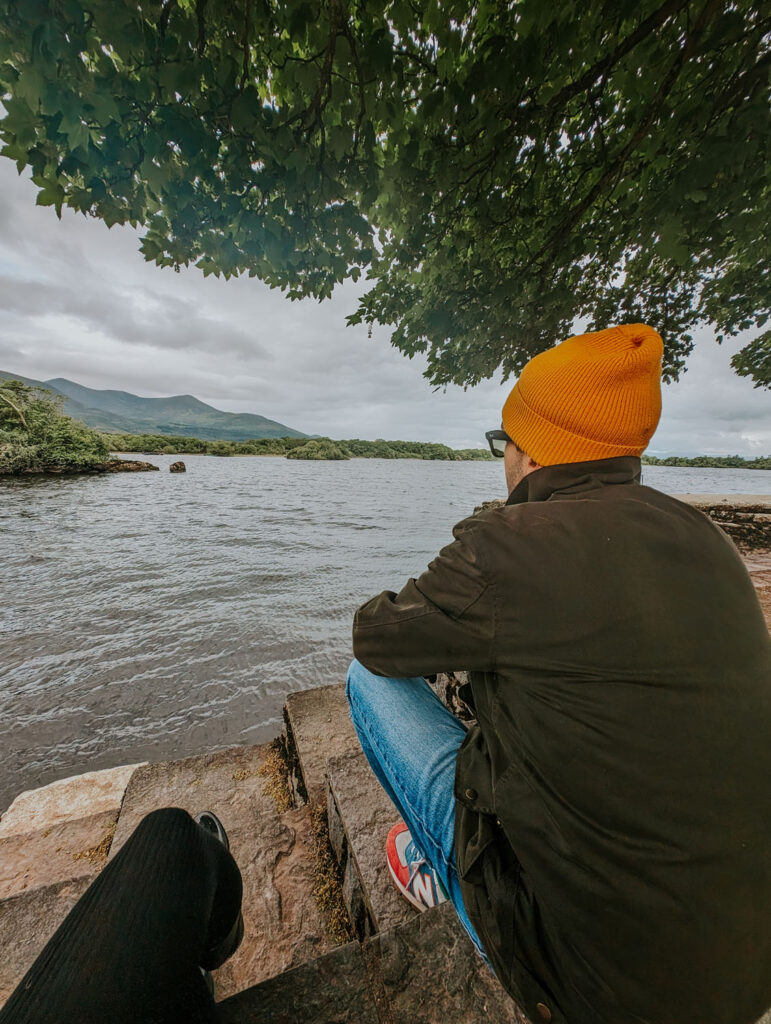
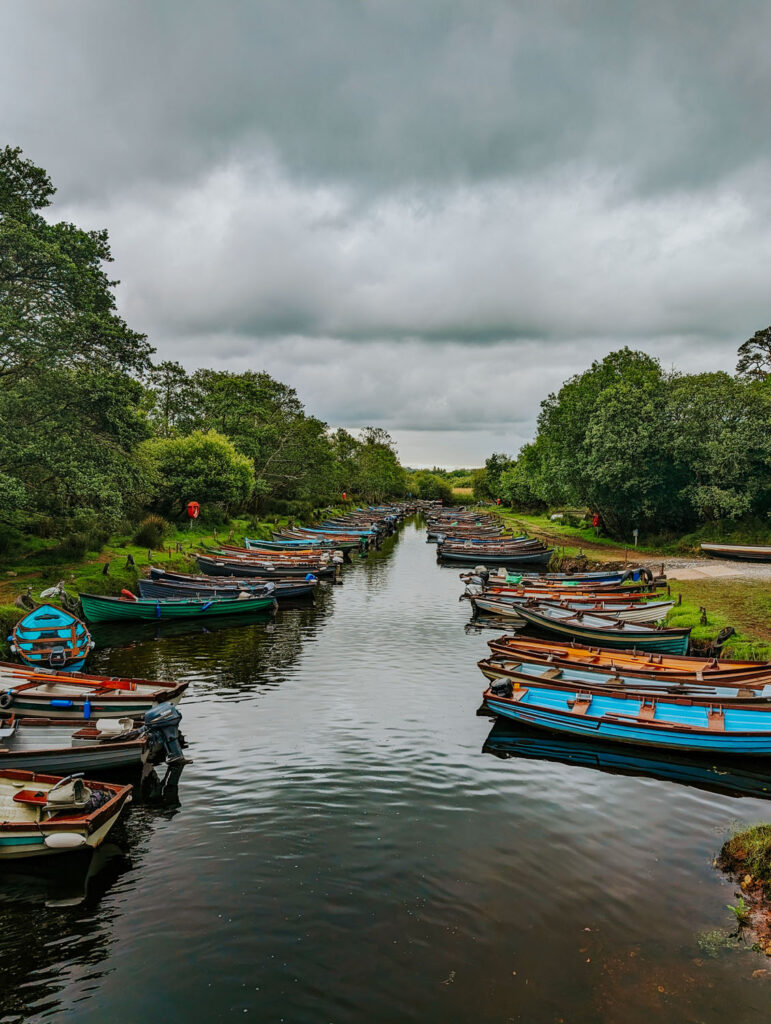
Book a Bed and Breakfast!
When booking the accommodation for our trip, one of the things I was most excited about was the bed and breakfast! The charm, architecture, characters you’ll meet and unique locations when booking a bed and breakfast (B&B) in Ireland are far superior to the comfort and familiarity of a normal hotel. Staying in a B&B allows you to experience true Irish hospitality. These establishments are often family-run, and hosts are known for being friendly, welcoming, and eager to share local tips and recommendations. You’re more likely to feel like a guest in someone’s home rather than just a tourist.
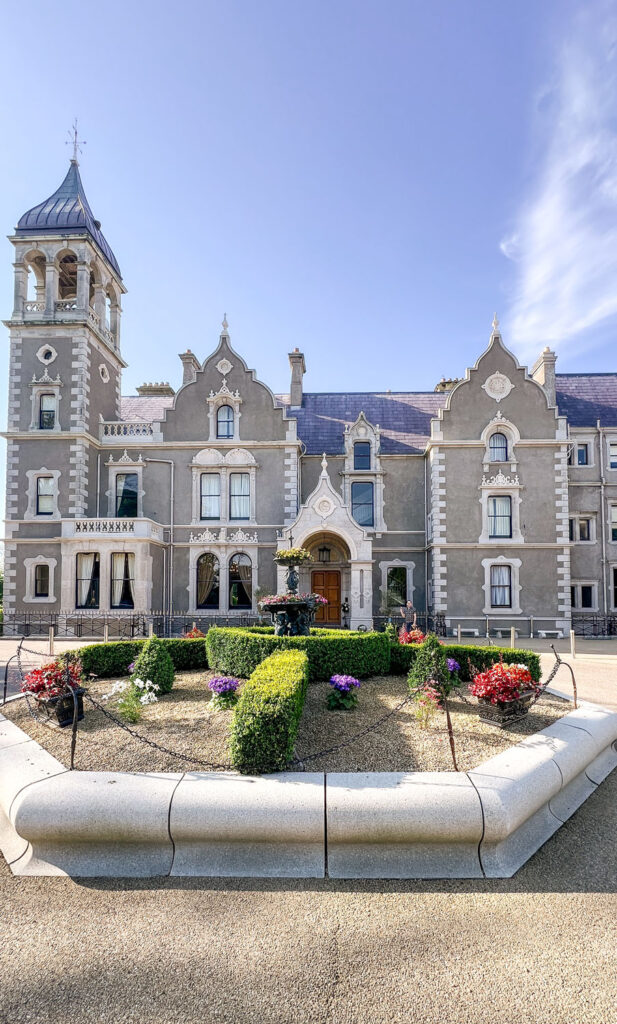
So many B&Bs in Ireland are located in historic properties, like old royal residences, royal hunting lodges, and even ancient palaces! Staying in these properties felt like moving into your very own castle! A few of the properties we stayed at even had their own private grounds with hikes and walking trails to explore where we didn’t see a single other tourist and felt like we had a slice of Ireland right to ourselves.
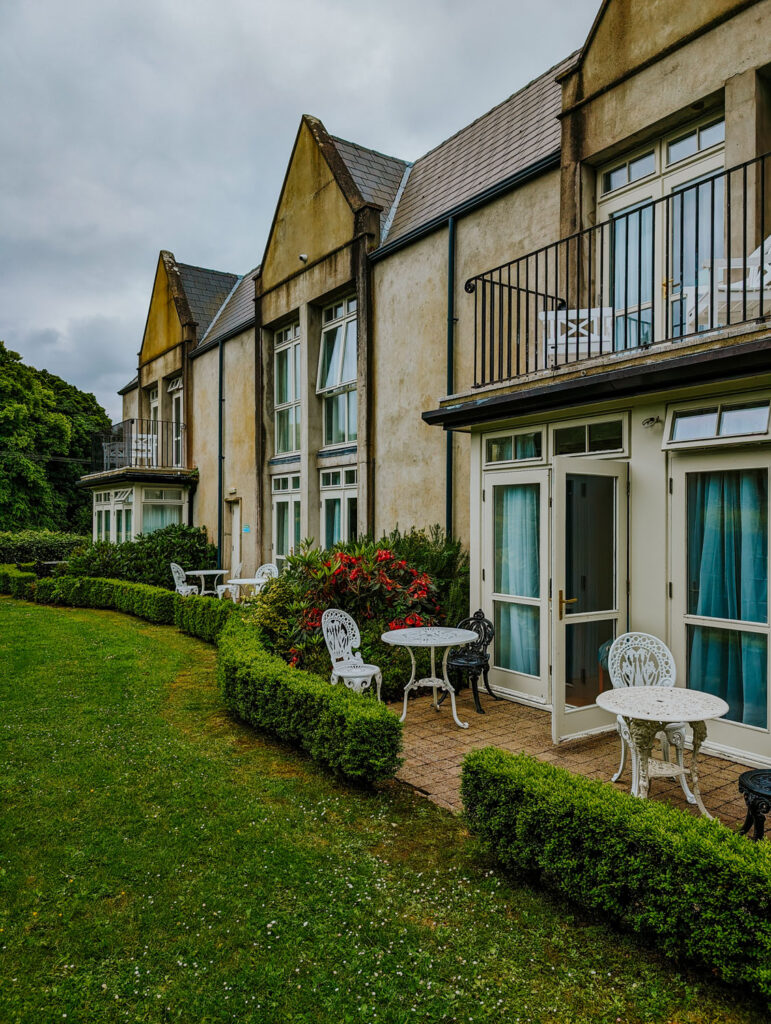
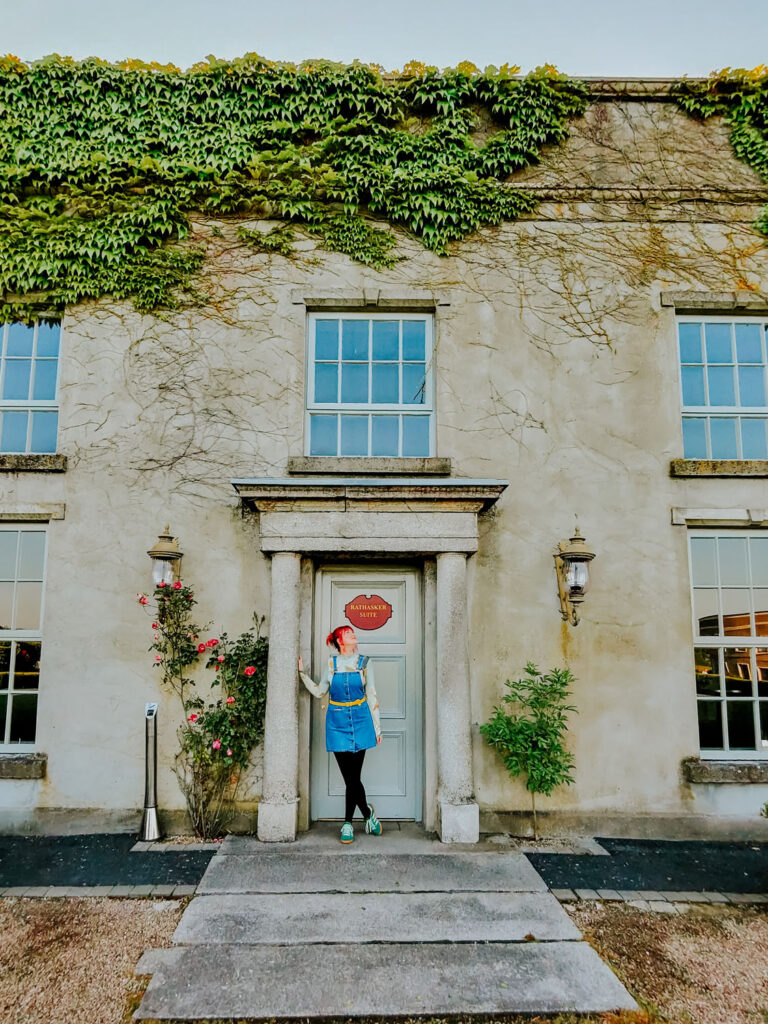
But my favourite part of the B&B is the second ‘B’, BREAKFAST! Often included in the price, you’ll get a hearty home-cooked breakfast. These are most often served buffet style but will always include a traditional Irish breakfast, which can include eggs, sausages, bacon, black pudding, and freshly baked soda bread, setting you up for a day of exploring. Soda bread is a traditional Irish bread made without yeast and with the addition of buttermilk. The buttermilk gives the bread a mild, slightly tangy flavour, and the wholemeal flour adds an earthy, nutty taste that pairs fantastically with Irish butter and jam.

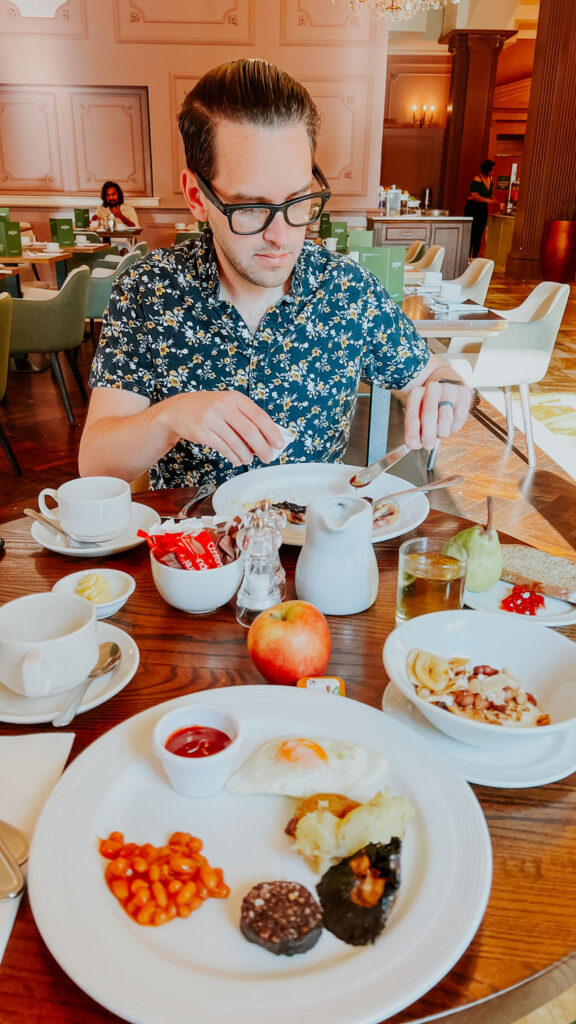
You Don’t Need to Fly in and out of Dublin
When planning a trip to Ireland, one great tip to maximize your experience is to fly into one airport and out of another, such as arriving at Cork Airport and departing from Dublin Airport (or vice versa). This allows you to avoid a circular itinerary, meaning you don’t have to backtrack to your starting point. Returning a rental car to a different airport than where you picked it up might incur a small fee, but it can save you money on fuel and extra driving costs. Since Ireland has an extensive network of narrow, winding roads, particularly in rural areas, less time spent driving long distances means less fuel consumption and potentially a lower overall cost for your rental car.

The Best Driving Tips
Book Your Rental Car in Advance
But with so many visitors renting cars, this means that ensuring your rental is booked well in advance is even more important. Additionally, if you’re visiting outside of Europe, you might be surprised to find that most of the available rental cars in Ireland are manual and not automatic. And if you’ve never driven a manual car before, trust me, the Irish country roads are NOT the place to learn! Booking in advance ensures you’ll get the automatic car you want, and of course, you’ll find better prices in advance compared to the last minute.
Rent a SMALL Car
Although the idea of being in a nice, roomy car with lots of space to stretch out and carrying lots of storage might seem appealing for an Irish road trip, the roads in Ireland are some of the narrowest in the world. Often, you’ll be going down what looks like a single-lane road, only to find a local Irish driver barreling down towards you, and the only way to let them pass is to practically drive off into the ditch. And in these moments, or when passing cars on narrow roads along the cliff, you’ll be very thankful to have rented a little car. The smaller, the better. It also makes parking a breeze, and you’ll even save a bit of money on gas (or petrol as it’s called in Ireland).
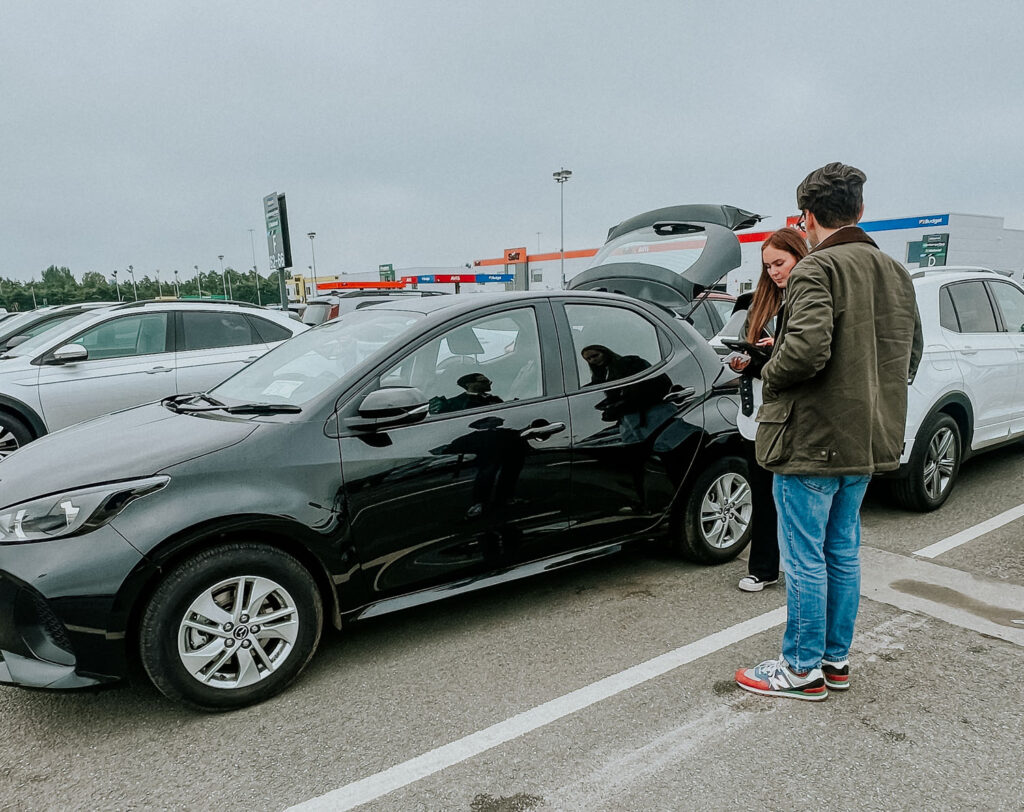
You might consider renting two smaller cars rather than a large van if travelling with a larger group. Not only does this mean you can split off if different members want to get up to different activities throughout your trip, but it will definitely be less nerve-racking than driving a large van around the narrow, bendy roads.
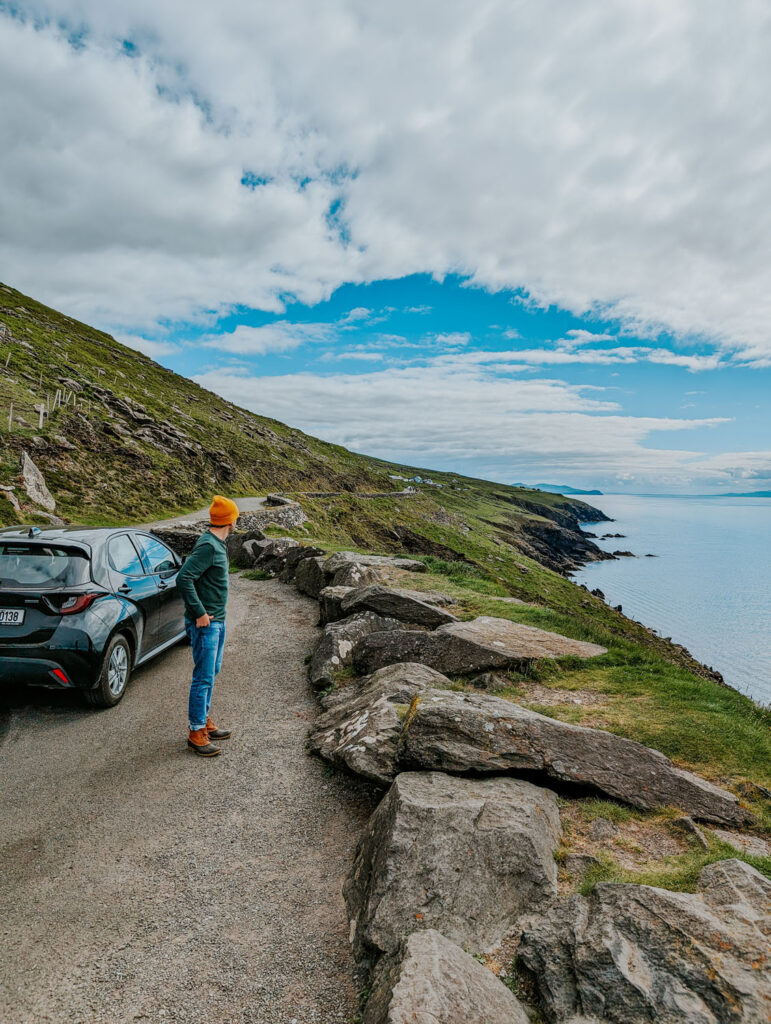
You’ll Need Special Car Insurance
When we got our rental car, they asked us if we needed insurance, but as seasoned travellers, we are used to our credit cards covering most rental car insurance as it had in many other countries. But when we were urged to look at the fine print, we realized that, yes, indeed, our regular insurance did not cover Ireland! And honestly, after seeing the roads, I know why. The locals told us how many visitors lost their side mirrors to those surprise narrow turns! You’ll want the peace of mind that knowing if something happens, you’ll be covered. So double-check if your regular travel insurance has Ireland listed as driver’s insurance and what it covers. If you need extra coverage, your rental car agency should be able to help you find the best options.

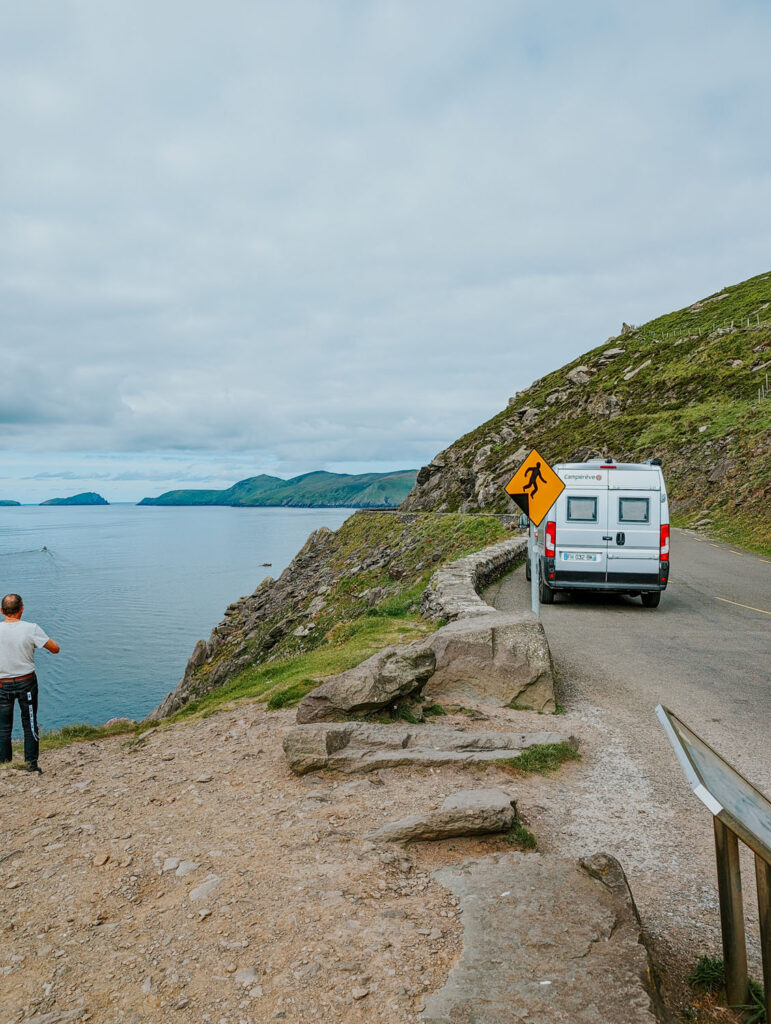
Irish Toll Roads
Ireland has a few toll roads and highways around major cities. The main toll roads are found on motorways (indicated by an “M”) and include routes like M50 (Dublin Ring Road), M1 (Dublin to the Northern Ireland border), M7/M8 (Dublin to Limerick and Cork), and M4 (Dublin to Galway). There are also a few toll bridges and tunnels, such as the East Link Toll Bridge and the Dublin Port Tunnel.
The M50 Toll Road (e-Flow) in Dublin is the most famous and operates without physical toll booths. Instead, it uses an electronic toll system called e-Flow, where your car’s license plate is photographed, and you are billed afterward. If you’re in a rental car, most companies will automatically handle this toll for you and bill you after the fact, but you should check with the rental company to avoid extra charges. If not, you must pay the toll online by 8 pm the day after using the road. You can pay the fee online at eflow, but the easier way is to stop at a petrol station and find a Payzone station, where you can also pay the fee and don’t need to worry about doing it online later in the day. Toll charges range from about €1.90 to €3.00 per toll, depending on the road. The M50 toll costs about €3.10.
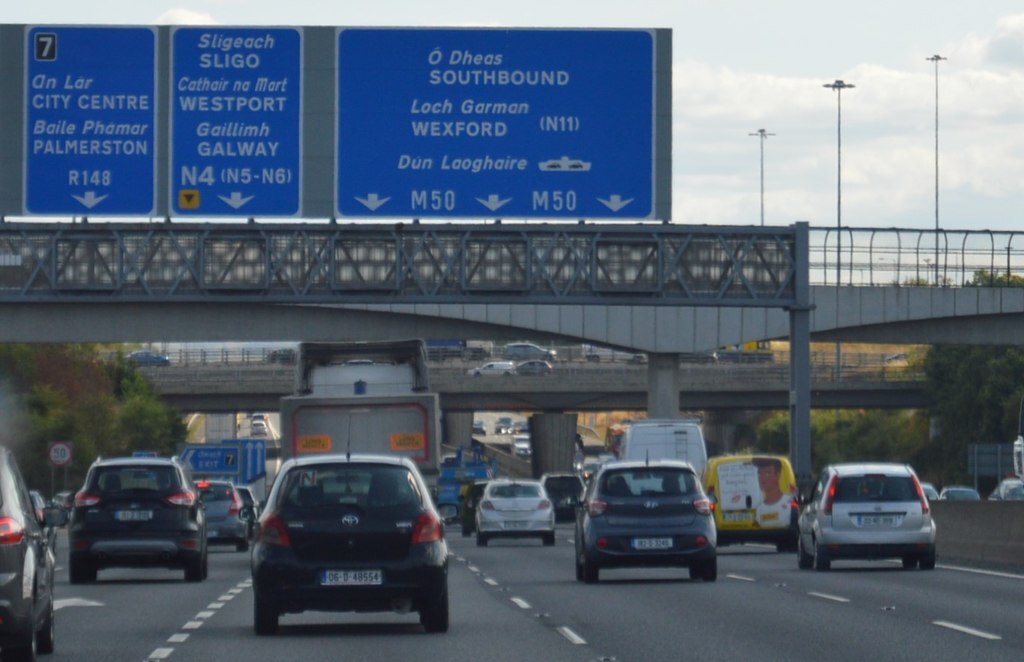
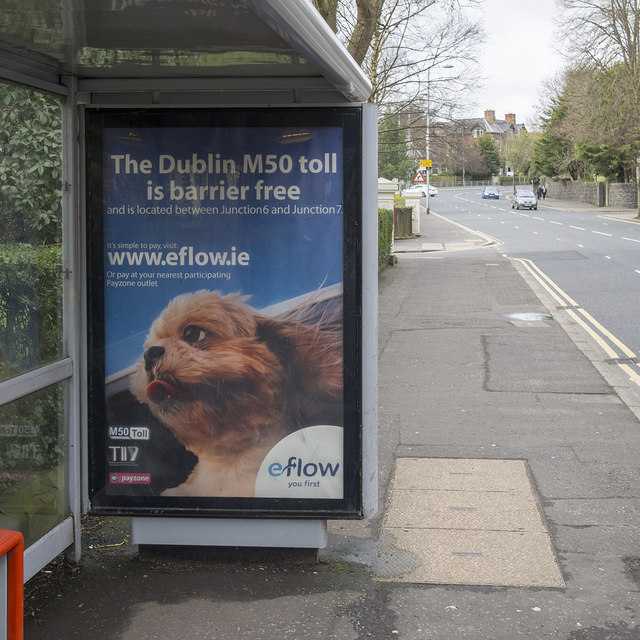
Is the Irish Toll Pass Worth Getting?
Our rental car agency allowed us to buy a Toll Pass for €5/day, enabling us to drive right through the toll pass gates without worrying about paying for each toll as we passed through or paying the e-tolls online. While the convenience of it is worth it if you’re driving a lot on the main highways, we found that most of our trip was in the rural areas off the main highway, so it would have been more economical to simply pay tolls as you go.

If you’re wondering if the toll pass will be worth it for you, you can check out this interactive map of all the tolls around Ireland to see how many you’ll be passing through. When we passed through the automatic payment gates, which didn’t require paying the toll at the booth, we saved a bit of time, but honestly, there was never a long line to pay, and the cars moved through very quickly, so it was not like this save you tons of time either.
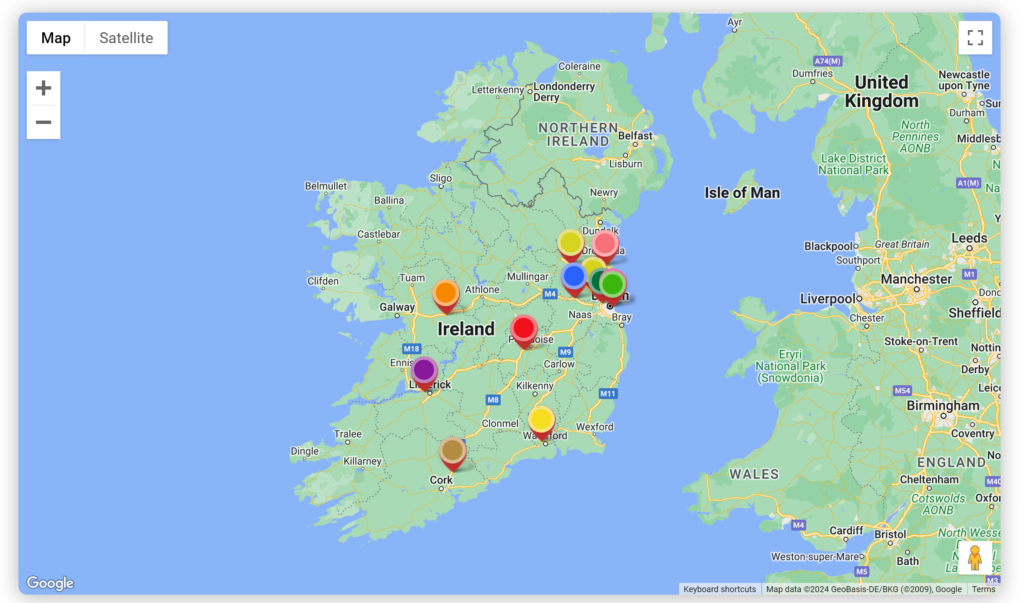
The Roads REALLY are that Intense!
I had heard so much about roads in Ireland, but honestly, nothing prepared me for how narrow and curvy they were and how FAST the speed limits were set! We would drive along narrow countryside roads and see speed limits of 80-100km/h!! I couldn’t believe how the local drivers did it. Coming from Canada, we see speed limits as a guide to the average speed you should drive and nothing over, but we found in Ireland it was much smarter to drive at the speed you felt the safest driving as this not only protects yourself and those in your car but other drivers as well. If you have a speedy local driving behind you, kindly let them pass. They are used to tourists and will appreciate being able to pass you by to let you go at your own pace.
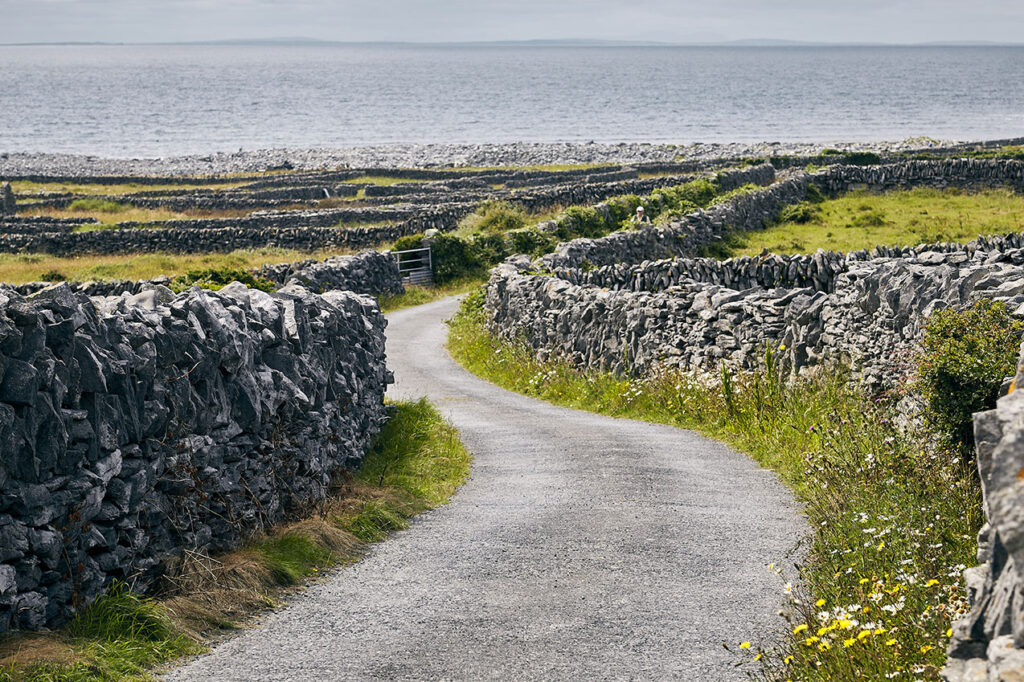
How to Prevent Car-Sickness
I get VERY sick in the car, especially on winding, narrow roads. So I can tell you I tested everything to find out what worked best to make me feel better and enjoy the streets as much as possible. If you’re prone to motion sickness, sitting in the front seat allows you to see the road ahead, reducing disorientation and nausea. Keep your eyes focused on a distant, stable object, like the horizon, to help your brain sync with the car’s motion. Ireland’s scenic routes offer plenty of places to stop and stretch. Frequent breaks for fresh air can help prevent motion sickness.
Ginger candies, ginger tea, or peppermint can help settle your stomach. These natural remedies are known for reducing nausea for those without severe sickness. Car-sick glasses, also known as anti-motion sickness glasses, are a relatively new and innovative solution designed to prevent motion sickness, including on Ireland’s winding roads. These glasses create an artificial horizon in your peripheral vision, which helps your brain align with the car’s motion, reducing the sensory conflict that causes nausea. I find that they work well for certain roads, but on the really winding, fast roads with sharp turns, the only thing that really works is medication. Over-the-counter medications like Dramamine, Gravol, Ireland, and Stugeron are some brands to look for. They make you drowsy, but I found that if I had a quick cat nap, I could be awake for the rest of the drive. Some people find motion sickness wristbands or ear patches work well, but I’ve never found they worked for me. But it’s always worth a try, as everyone reacts differently.

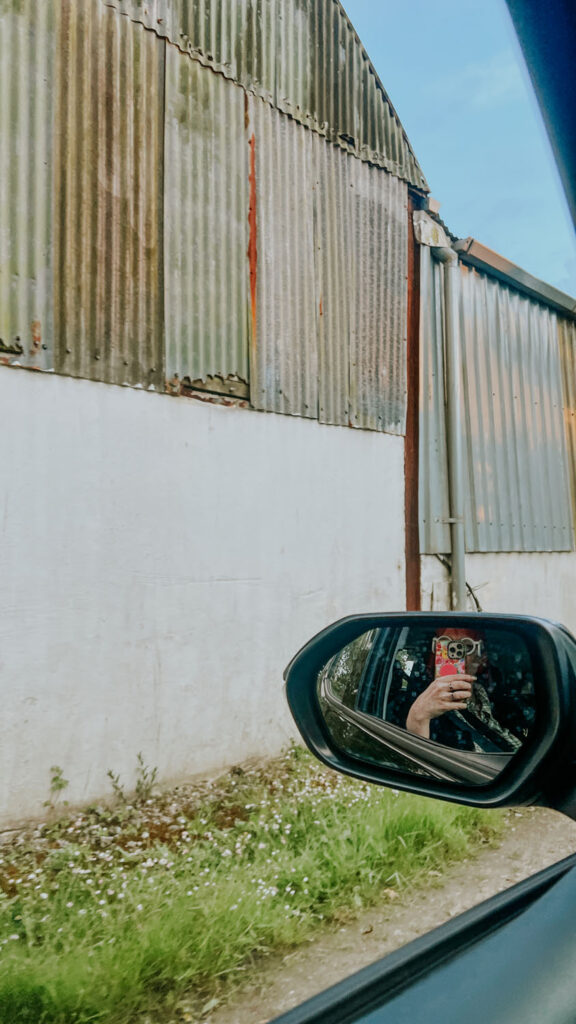
Irish Finger Flick
If you want to blend in like a local, when you encounter an oncoming vehicle on one of Ireland’s narrow roads, it’s customary for locals to acknowledge the other driver by lifting their index finger (usually of the right hand) just an inch or two from the steering wheel, often with a slight nod. This is a common roadside greeting that adds a nice touch to getting into the driving rhythm on these roads.
Tips on Driving the Ring of Kerry
Ok, now that you have your rental car and are ready to hit the road, one of the first places many travellers go is to the Ring of Kerry. The Ring of Kerry is one of Ireland’s most famous scenic drives. The circular route spans about 179 kilometres (111 miles) and hugs the coastline of the Iveragh Peninsula, offering panoramic views of the Atlantic Ocean, sandy beaches, and dramatic cliffs. Key coastal highlights include the Skellig Islands, visible from certain viewpoints, which are famous for their rugged beauty and as a filming location for Star Wars. Along the route, you’ll find picturesque towns and villages like Killarney, Kenmare, Sneem, and Cahersiveen, as well as historic sights like Ross Castle. One of the highlights of the Ring of Kerry, Killarney National Park is home to ancient woodlands, serene lakes, and the stunning Torc Waterfall.
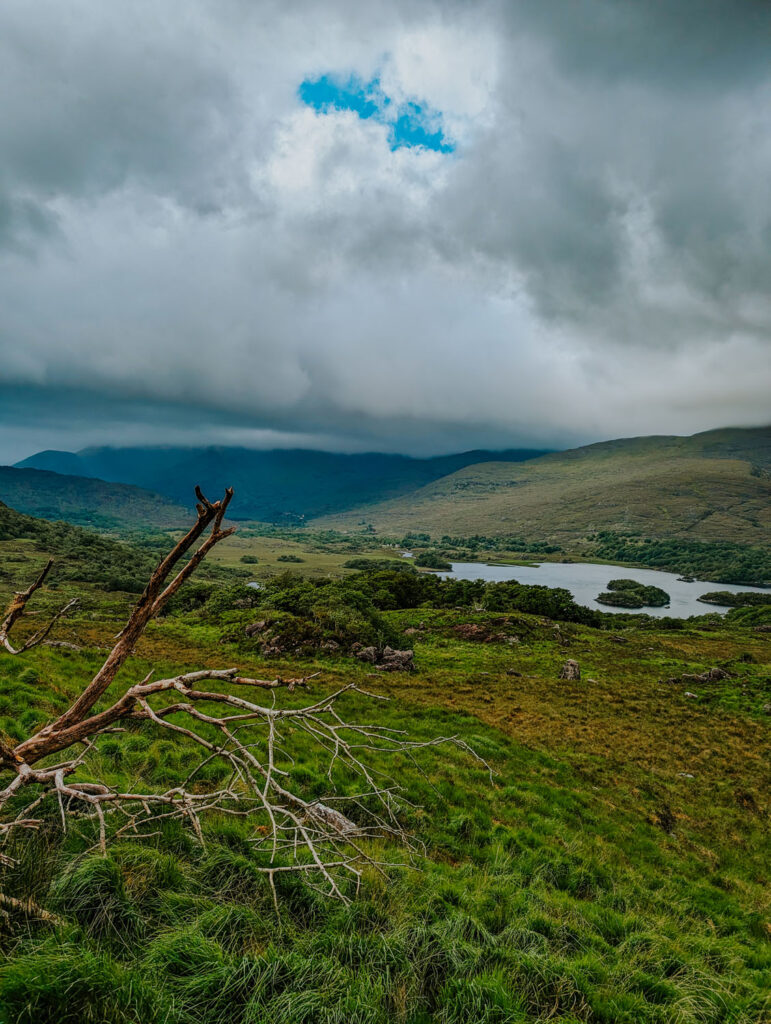
What Direction to Drive the Ring of Kerry?
The best tip for driving the Ring of Kerry is to start the ring counterclockwise (starting in Killarney and heading toward Kenmare). All the large tour buses agree to drive counterclockwise, so by driving opposite the buses, you won’t need to worry about being stuck behind them or having all the stops overrun with the tourists coming off those buses, most of which run on very similar schedules.
Even without the buses, the route is very popular, especially in summer, so it can be crowded. Leaving early in the morning or travelling during off-peak months can help you avoid crowds.
Alternative to the Ring of Kerry, The Ring of Beara
If the Ring of Kerry‘s touristy roads don’t appeal to you, an alternative scenic drive is the Ring of Beara. This stunning coastal route is less famous but equally, if not more, picturesque than the Ring of Kerry!
The Ring of Beara offers rugged and untouched beauty, with dramatic cliffs plunging into the Atlantic Ocean, quiet beaches, and panoramic views over Bantry Bay and the Kenmare River. The Ring of Beara is also much quieter and less commercialized, so if you prefer a more relaxed, off-the-beaten-path experience where you can enjoy the beauty of Ireland’s landscapes without the hustle and bustle of large crowds, the Ring of Beara is ideal.
The drive takes you through narrow mountain passes, such as the Healy Pass, which winds through stunning, rocky terrain and offers some of the most spectacular views in Ireland. The route is known for its lush valleys, rolling hills, and scenic lakes. And there is no shortage of quaint and charming towns and villages.
The Ring of Beara is approximately 137 kilometres (85 miles) long; it’s slightly shorter than the Ring of Kerry, so if you’re looking for a slightly shorter day, especially for that traveller in the winter months when there is less daylight, this might be the better option.
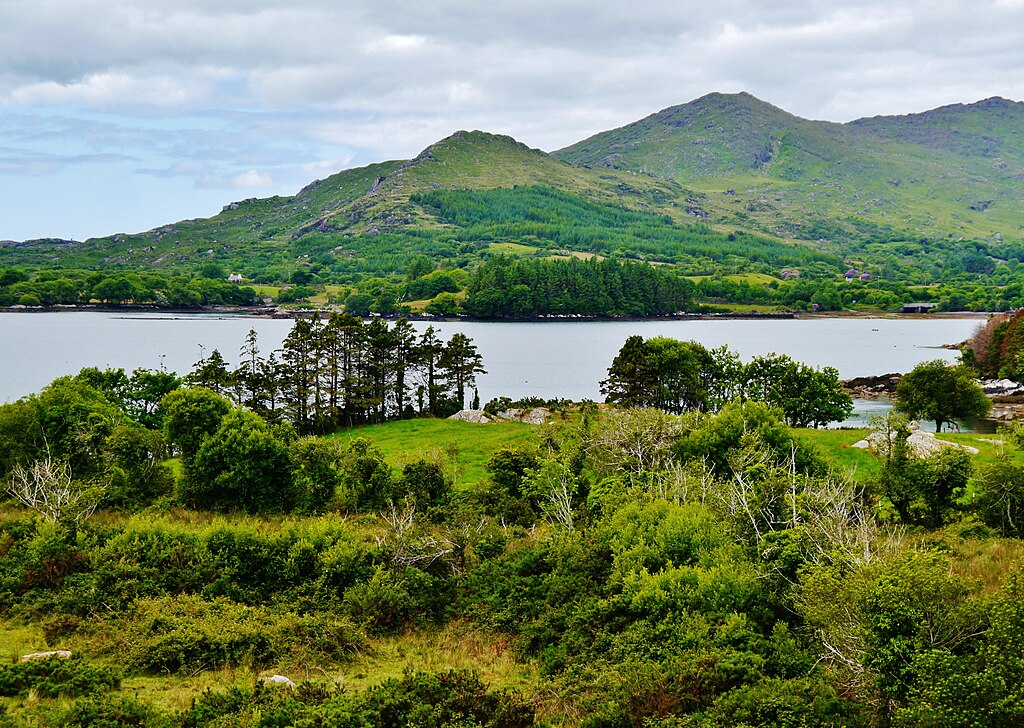
Ireland Drives on the Left Side of the Road.
Driving on the left side of the road in Ireland can be a bit of an adjustment for visitors from countries where driving on the right is the norm. The driver’s seat is on the car’s right-hand side, and roundabouts (traffic circles) move clockwise. It’s important to stay alert, especially when navigating narrow rural roads or making turns, as instinct might cause confusion. Many rental cars even have signs inside the vehicle reminding you to drive on the left, so you’ll always remember front and center!
You Don’t Need a Car to see Parts of Ireland
Ok, so after all this talk of driving, you probably are thinking, I guess I NEED to rent a car if I want to visit Ireland. And the truth is, while renting a car allows you to explore so many parts of the country that just aren’t accessible by any other route if visiting Ireland is one of your travel dreams and you can’t drive or are too scared to drive on the other side of the road, there are other options! Ireland’s train network, operated by Iarnród Éireann (Irish Rail), connects many key cities and towns, making it a convenient option for travellers. While not as extensive as other European countries, the rail system provides good access to major destinations, particularly along the East Coast and some parts of the South and West. Dublin is Ireland’s primary hub for train travel, with two major stations. From Dublin, you can reach many other cities and towns across the country, like Cork, Galway, Belfast, Kilkenny, Killarney, and Sligo.
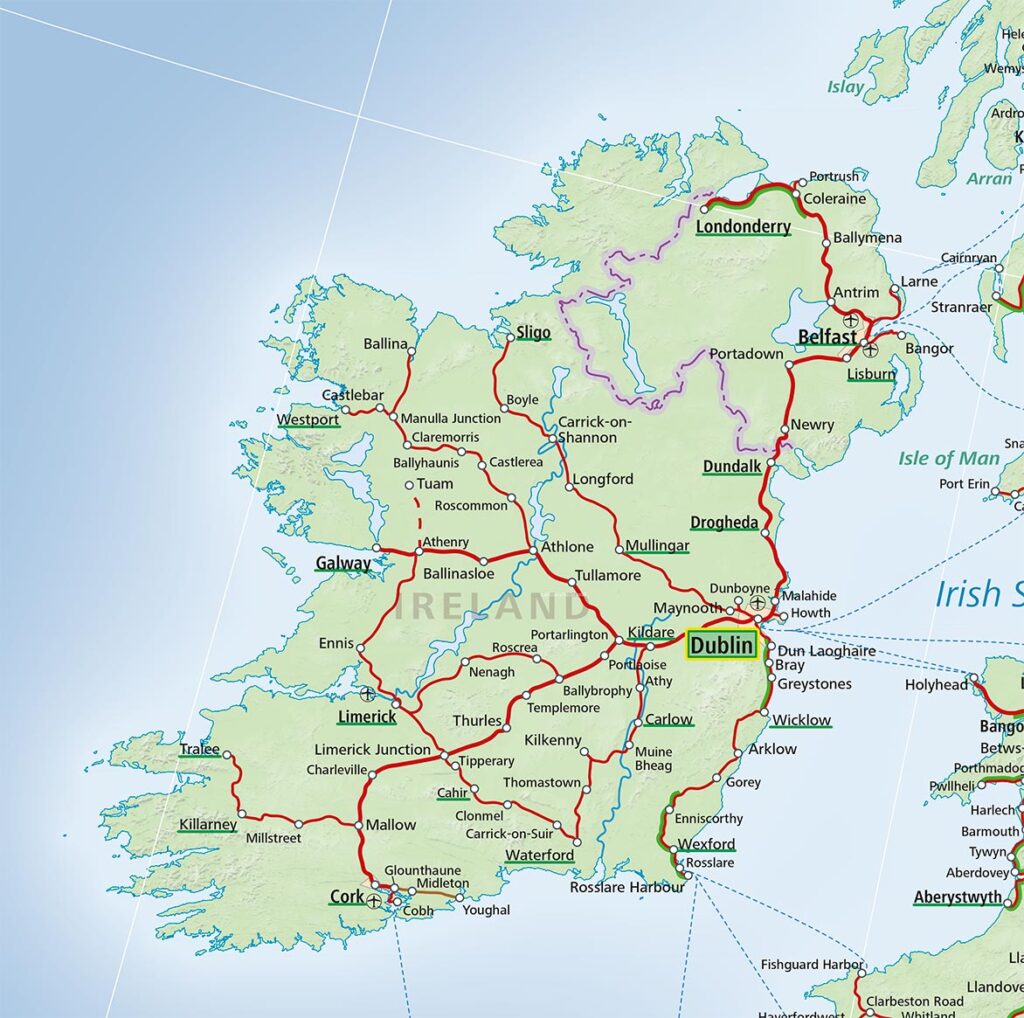
While the train network doesn’t reach every part of Ireland, travelling between major cities and towns is convenient. To explore more remote locations, you can always take a bus tour from those major cities, such as a trip to the Cliffs of Mohr and Aran Island from Galway. I highly recommend taking the train to Galway and seeing that city and then making a day trip, over only staying in Dublin and making all your day trips from there. You’ll spend so much time on the bus, and by taking the train, you’ll still be able to explore some of Ireland’s great cities!
What to Eat in Ireland?
When I came back from Ireland, many people asked me about my trip and were SHOCKED when I reported that one of my trip’s best parts was the food. There has been a persistent stereotype that Irish food is all about potatoes and stews. However, the image of Irish food as bland, basic, and lacking in variety stems from times of poverty and food scarcity. Ireland was an agricultural society for much of its history, and large portions of the population were poor, particularly after the Great Famine. The diet of the average Irish person was very simple and revolved around staples like potatoes, oats, and root vegetables. While nutritious, these ingredients didn’t lend themselves to exciting or diverse culinary traditions.

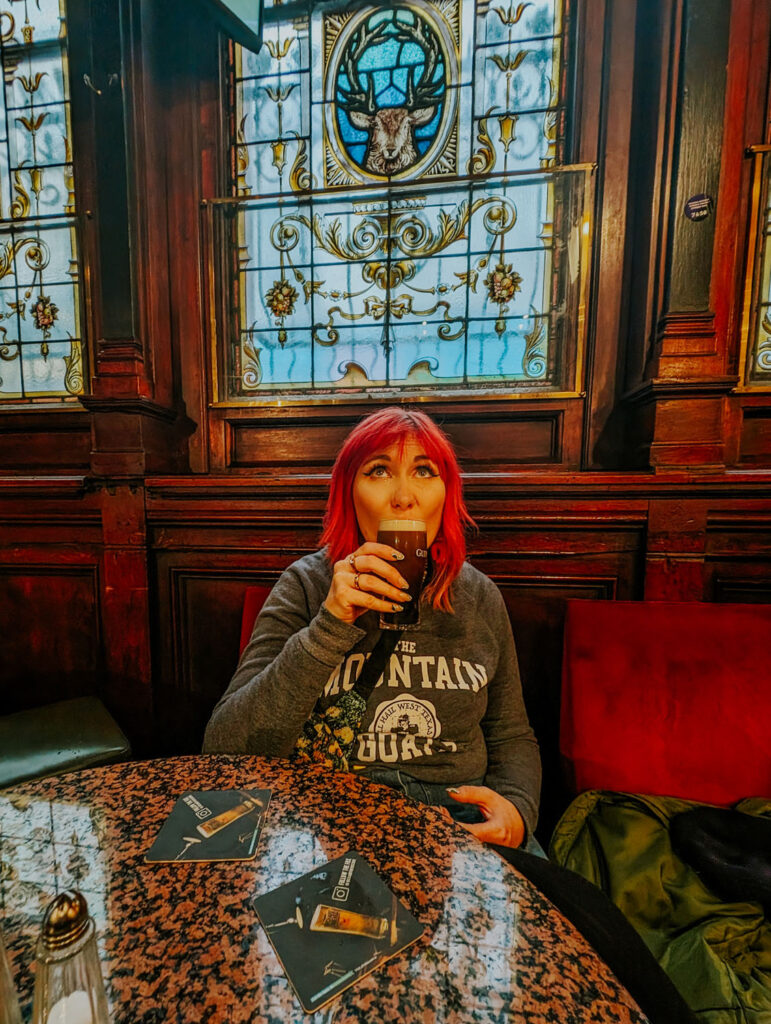
But much of this has changed over time, not just in the big cities! Ireland is now celebrated for its high-quality, locally sourced ingredients, including some of the world’s best dairy, beef, and seafood. The emphasis on farm-to-table dining and fresh, seasonal produce has elevated Irish cuisine. Ireland’s restaurant scene has flourished, with many chefs focusing on modern Irish cuisine that draws from traditional ingredients but with creative and contemporary twists. Cities like Dublin, Cork, and Galway are home to Michelin-starred restaurants, and talented chefs are helping to redefine Irish food on the world stage. Our trip took us to so many coastal villages, and the seafood we had was OUT OF THIS WORLD! The crab bisque I had in Dingle was probably the best of my life.
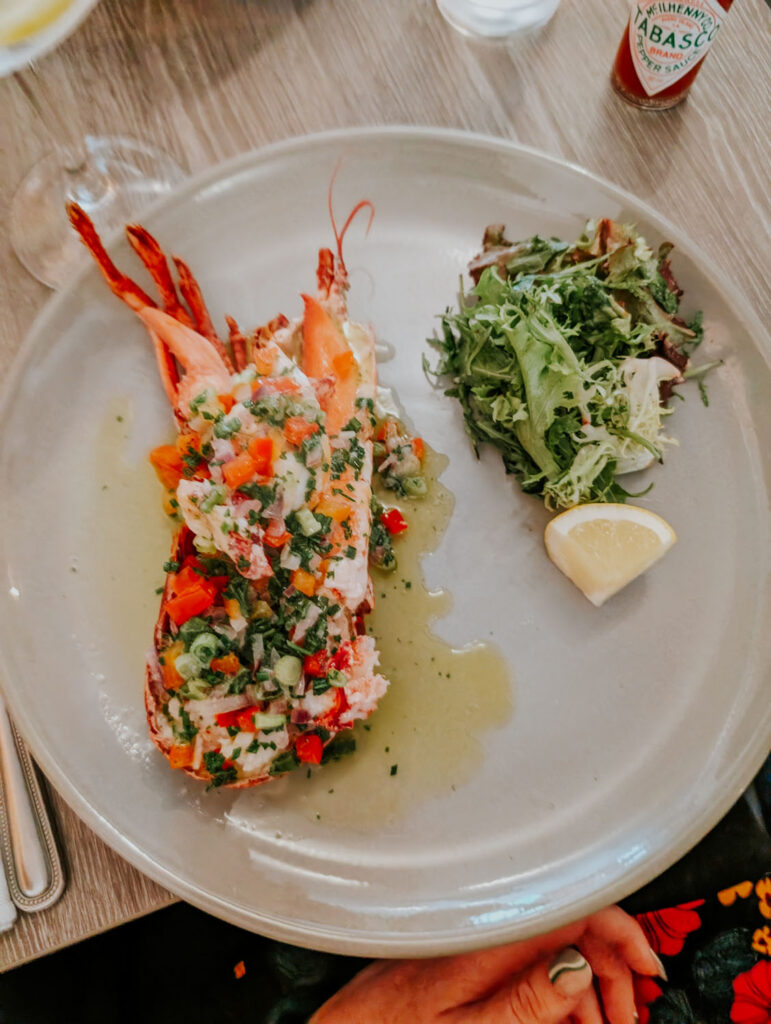
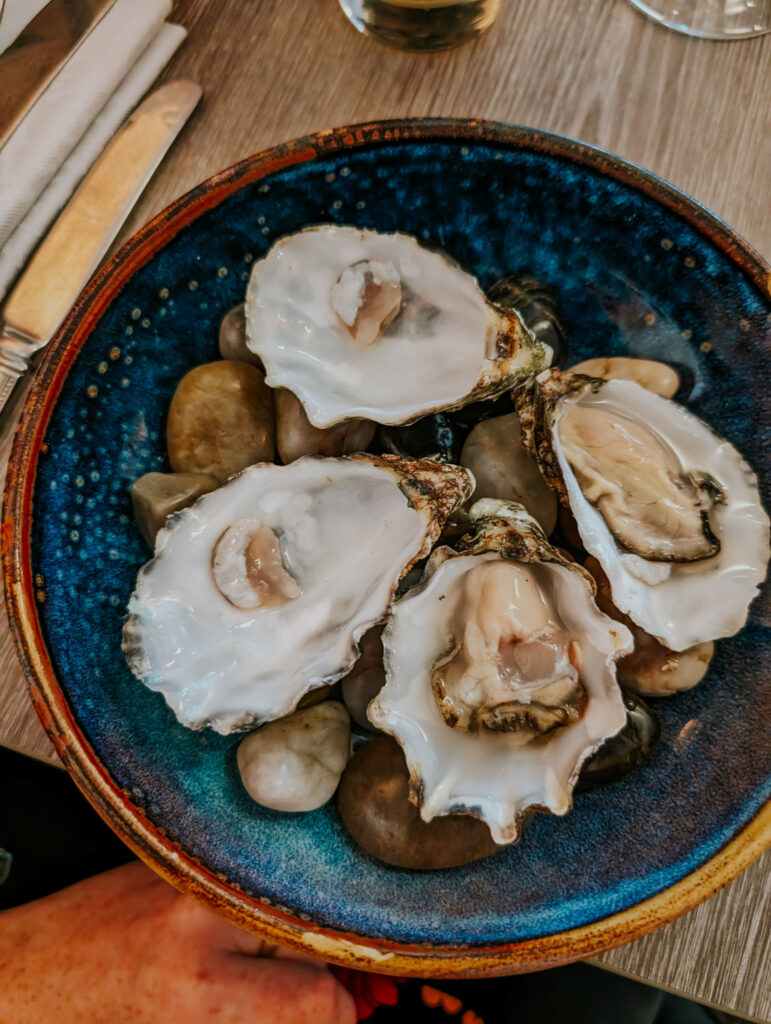
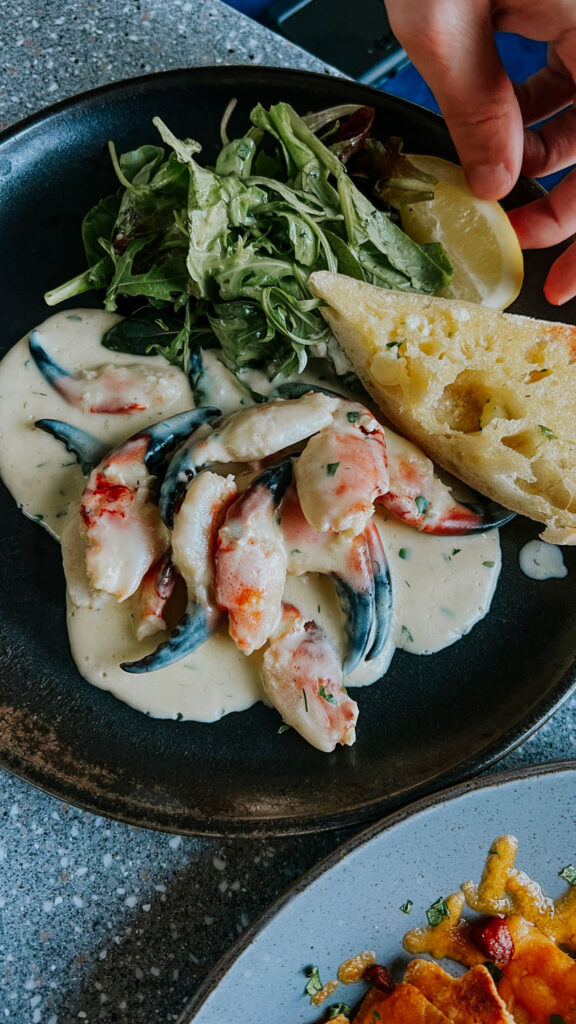
Check out my blog post on the best foods to try on your next trip to Ireland!
Eating Gluten-Free in Ireland?
Ireland is also one of the most accessible cities to travel to if you have a gluten allergy. Ireland has one of the highest rates of coeliac disease in Europe. Coeliac disease is an autoimmune condition where gluten (found in wheat, barley, and rye) triggers severe digestive issues. Due to this higher prevalence, there is a strong demand for gluten-free options nationwide. As a result, many restaurants, cafes, and supermarkets have adapted to cater to people who need gluten-free diets, making gluten-free food widely available. On almost every menu, you would see an extensive list of allergens in each dish, and I was so impressed at how easy and accessible this made ordering food if you suffer from allergies. Even in the small towns, we saw them making lots of accommodations, so never hesitate to ask!
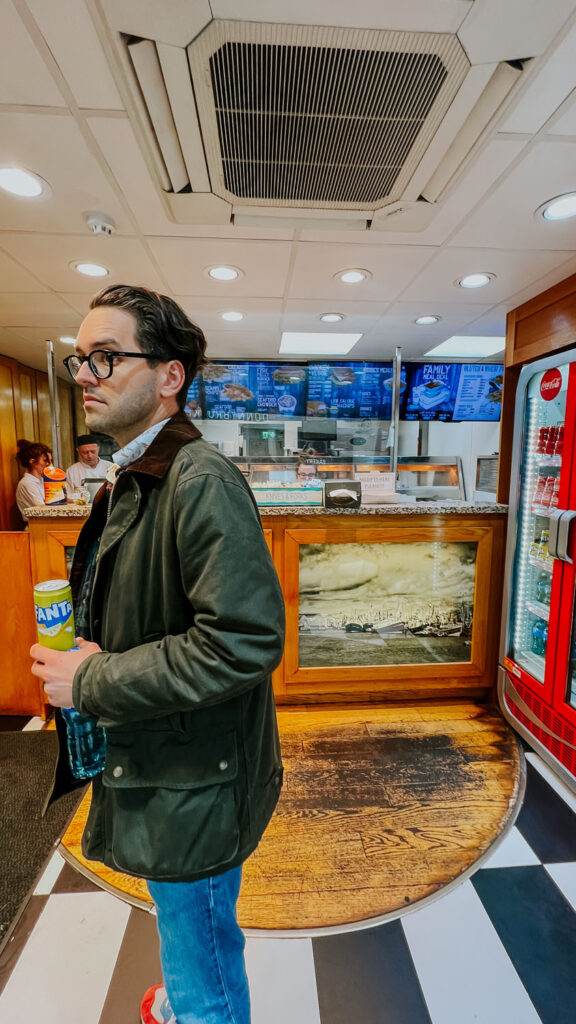
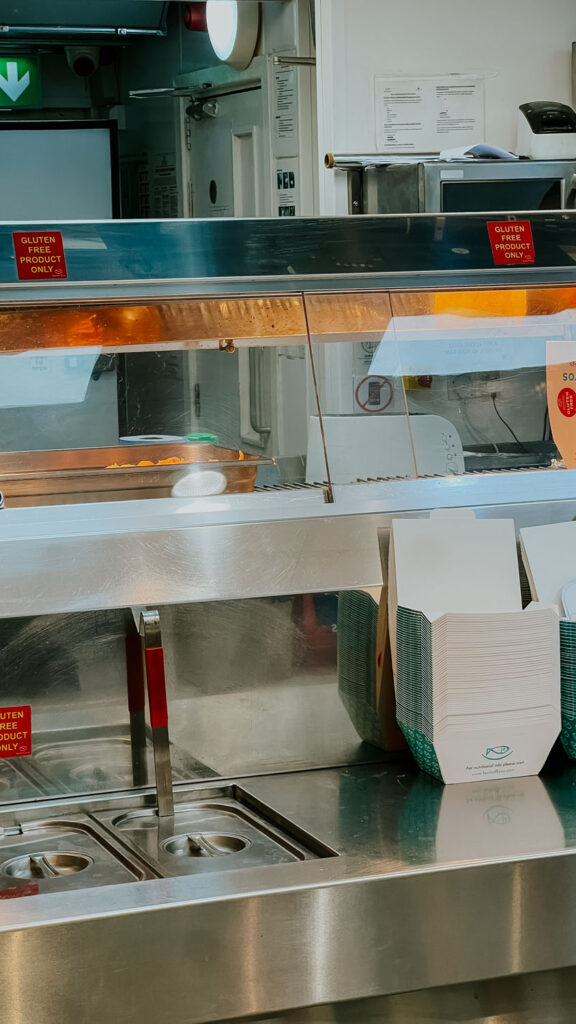
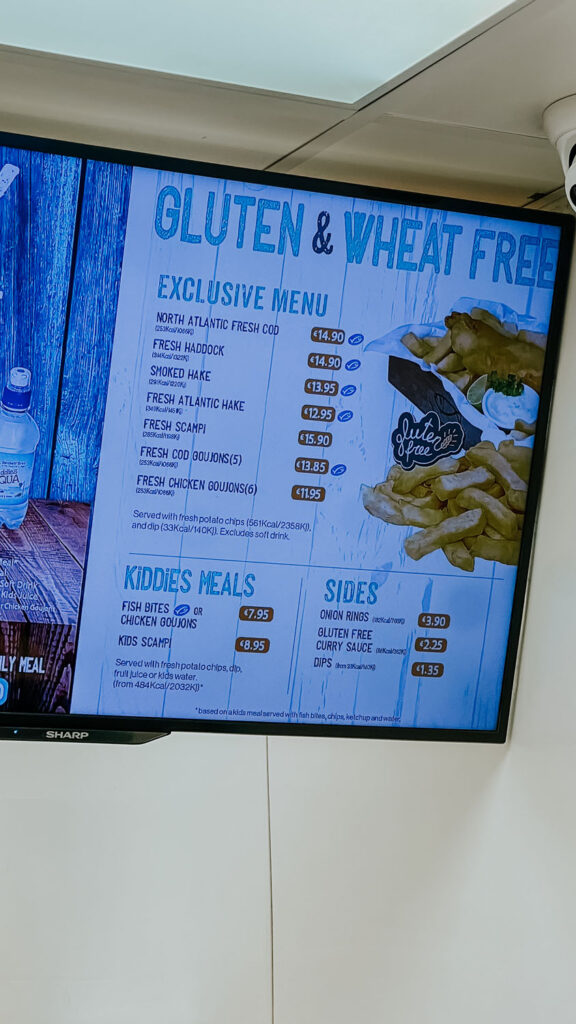
Enjoy the Craic!
Craic (pronounced “crack”) is a uniquely Irish term that refers to the spirit of gatherings filled with good times, fun, and lively conversation. Craic is more than just having fun—it’s about the social connection that happens when people come together, friends and strangers, to share stories, music, and laughter, especially in informal, welcoming environments like pubs. You might hear phrases that describe the level or quality of craic:
- “Great craic“: A fantastic time, lots of fun and laughter.
- “The craic was ninety“: A colloquial way of saying it was at its peak or exceptionally fun.
- “No craic“: A disappointing or dull time.
- “What’s the craic?“: A common greeting meaning “What’s going on?” or “What’s the news?”
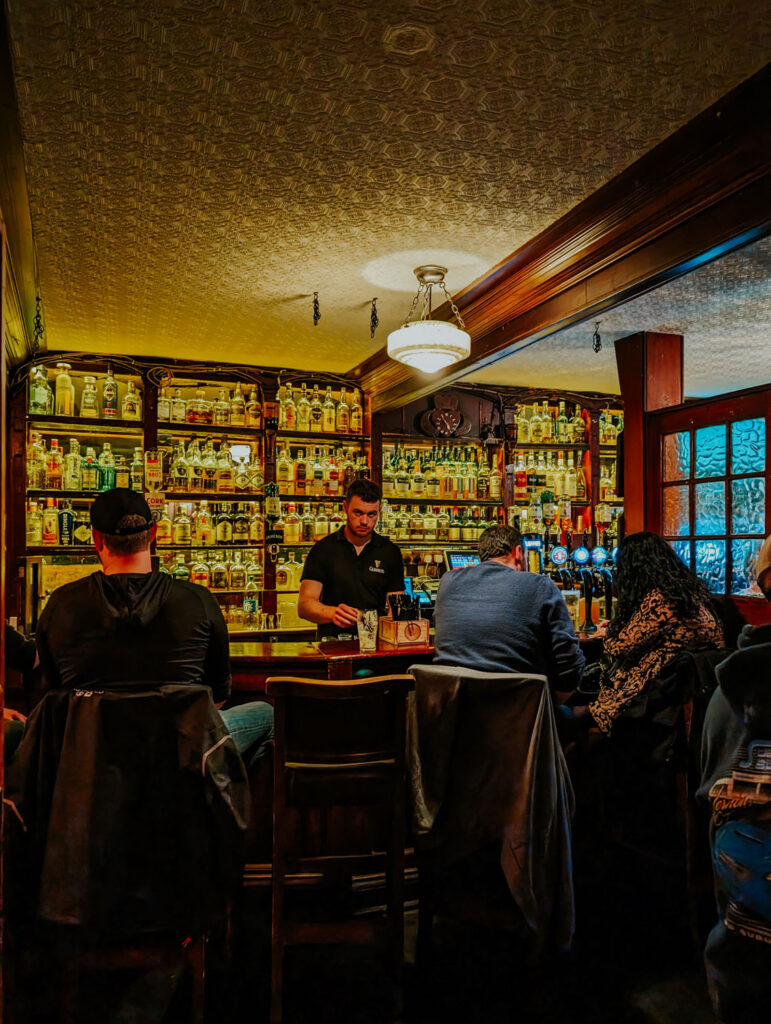
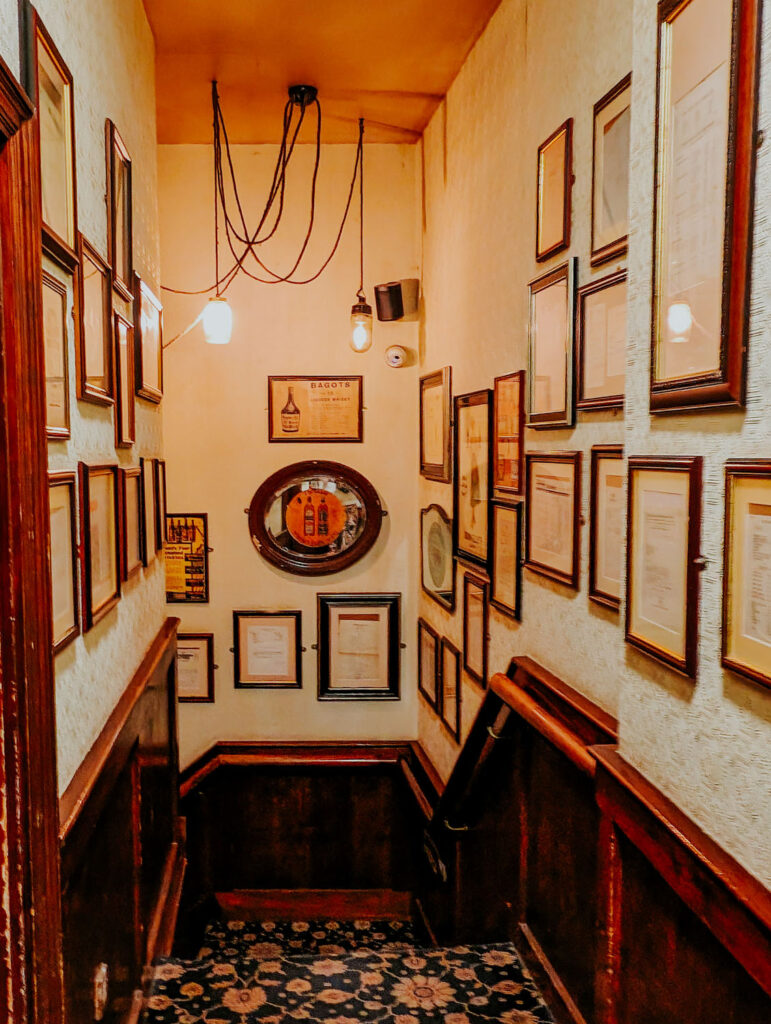
In Ireland, craic often goes hand-in-hand with traditional Irish pub music sessions. The atmosphere created by live music, singing, and sometimes dancing is a big part of what makes the craic so enjoyable. Galway has named itself the so-called “Capital of Craic” because of its love for music and nightlife. I found the best craic in intimate pubs in the small towns where we stayed. When you check into your bed and breakfast, ask the owners where their favourite place to go for craic is. You’ll immediately find the best local spot for great music and meeting new friends.
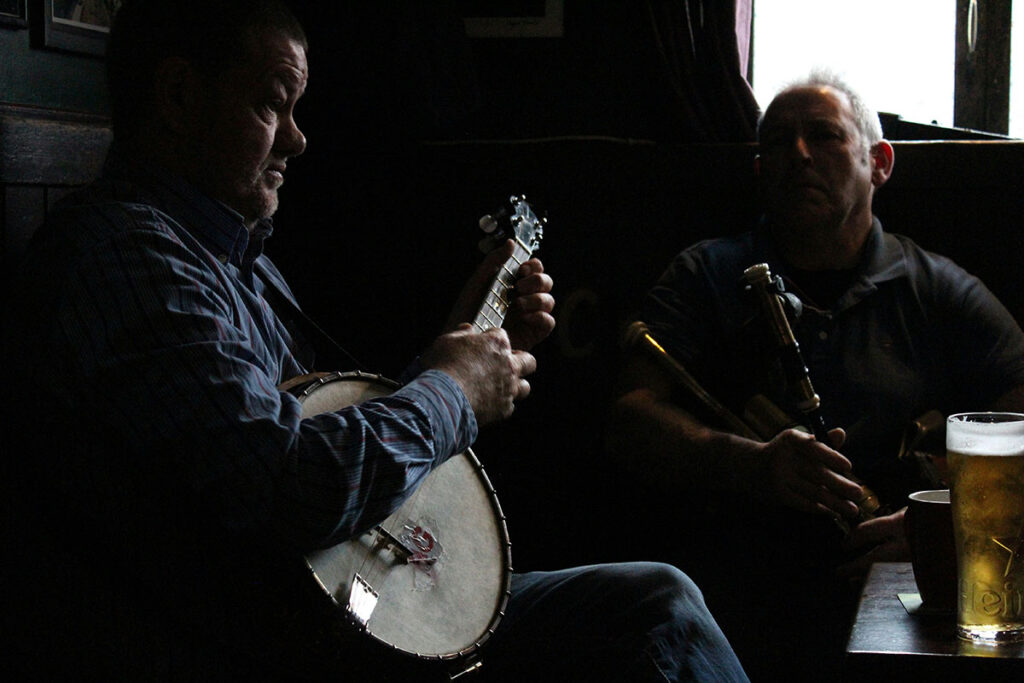
Advice on Visiting the Cliffs of Moher
The Cliffs of Moher is one of Ireland’s most iconic and breathtaking natural attractions, rising dramatically from the Atlantic Ocean, reaching heights of up to 214 meters (702 feet) and stretching for about 14 kilometres (9 miles) along Ireland’s western coast in County Clare. The sheer drop and rugged cliff faces make for some of Ireland’s most awe-inspiring coastal views, especially on a clear day.
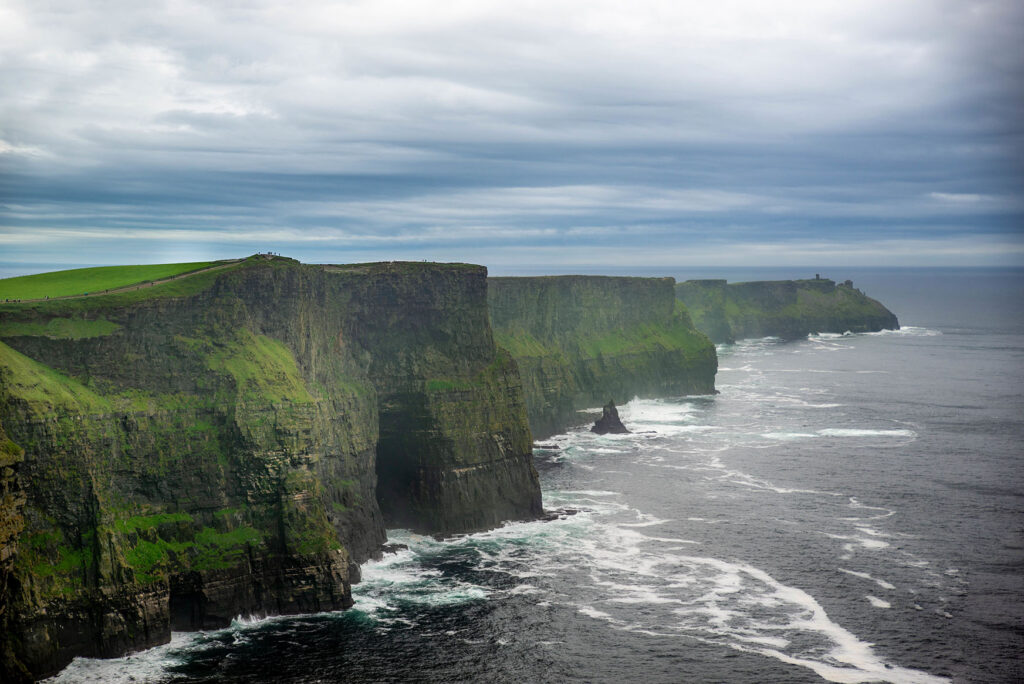
Check the Weather
But, as many travellers who’ve been to Ireland before have encountered, the weather in Ireland is rarely clear. Many disappointed travellers have made the long trek to the Cliffs only to be disappointed when they are barely visible through the fog and the rough winds blow so forcefully you’ll barely be able to walk, let alone stroll long enjoying the scenery along the cliffs. Visiting on your own, compared to a tour group, lets you wait out the weather in your car before heading to the cliffs if necessary. Regardless of the weather, I always advise bringing a packed lunch to enjoy while waiting out the weather in your car or picnicking on the cliff’s edge to soak in that scenery. But remember, while the cliffs are dramatic and stunning, they are also very high and exposed to strong winds. Stay within the designated safe areas, and be cautious near the edge. Venturing too close to the cliff edge can be dangerous, as parts of the cliff can be unstable or slippery in wet conditions.
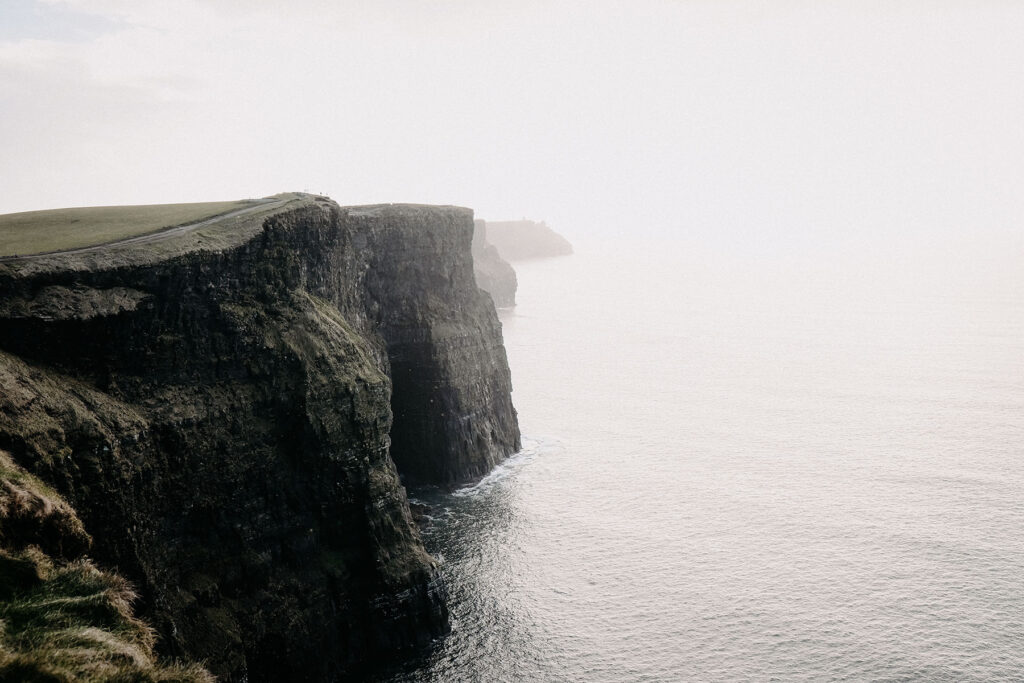
Parking at the Cliff of Moher
As one of Ireland’s top tourist attractions, the cliffs can get quite crowded, especially during peak tourist season (summer) or midday. Parking is a headache during high season. Although a large car park is available at the Cliffs of Moher visitor center, and all-day parking is included in the price of the visitor center ticket, even this paid lot can get full very quickly. If you book an off-peak ticket online, the prices cost €8 per adult (children are free) or €4 per adult.
You can park at Guerin’s Path, about 1km from the visitor center, for €5 per person to find alternative parking. You can also park near Hag’s Head, the southernmost point of the cliffs, where there’s a small car park with a €2 honesty box, and it’s just a 10-minute walk to the cliffs. If you’re willing to walk a bit more, you can also park in the nearby villages of Liscannor or Doolin.
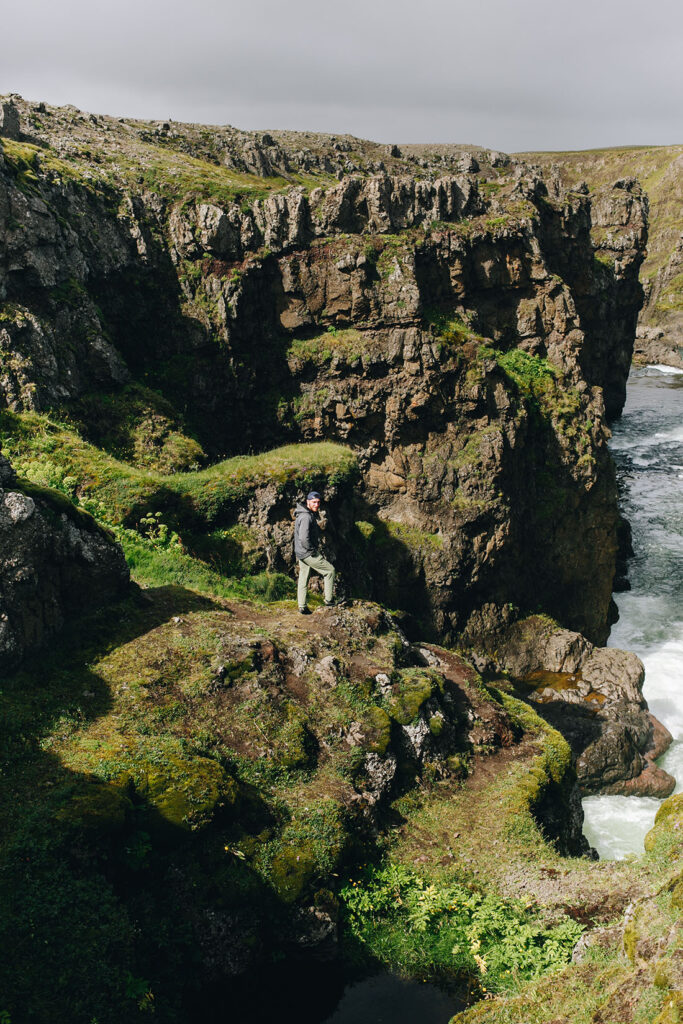
Other Tips for Visiting the Cliffs of Moher
While the visitor center and main viewing platforms offer excellent views, the real magic of the cliffs can often be found further along the coastal paths. Consider walking along the Cliffs of Moher Coastal Walk, which stretches from Doolin to Liscannor. This route provides spectacular views without the crowds. If you love birdwatching, bring binoculars, as the cliffs are home to large colonies of puffins, guillemots, and other seabirds during the nesting season (April to July).
One of the most beautiful times to visit the Cliffs of Moher is sunset, when the light softens, and the cliffs glow with warm golden hues. The area is also much less crowded in the evening, with many of the tour buses having already gotten back on the roads, heading back to Dublin and Galway, offering a more peaceful and personal experience.
Alternative to the Cliffs of Moher, Slea Head Drive in Dingle
If the touristy nature of the Cliffs of Moher isn’t your thing and you’re looking for an excellent alternative, you need to make a point to visit Dingle and take the stunning Slea Head Drive. Dingle was, without a doubt, my favourite place we visited in Ireland. It is well worth at least two days exploring the Dingle Peninsula and its amazing rugged coastal scenery, complete with dramatic cliffs. The Slea Head Drive is a scenic loop that takes you along the westernmost edge of the Dingle Peninsula, offering breathtaking views of the Atlantic Ocean, the Blasket Islands, and the Wild Atlantic Way. The cliffs along this drive are as impressive as any in Ireland, and you’ll encounter numerous scenic viewpoints, including stops at places like Coumeenoole Beach and Dunquin Pier. The drive is not just about the cliffs but also about immersing yourself in the beauty of mountainous landscapes, green fields, and coastal vistas. Dunmore Head is the westernmost point of mainland Ireland. The cliffs here are rugged, and the views over the Blasket Islands and the vast Atlantic Ocean are spectacular. The area is perfect for hiking or a quiet stroll, allowing you to take in the dramatic coastal scenery without the large tourist crowds of the Cliffs of Moher.
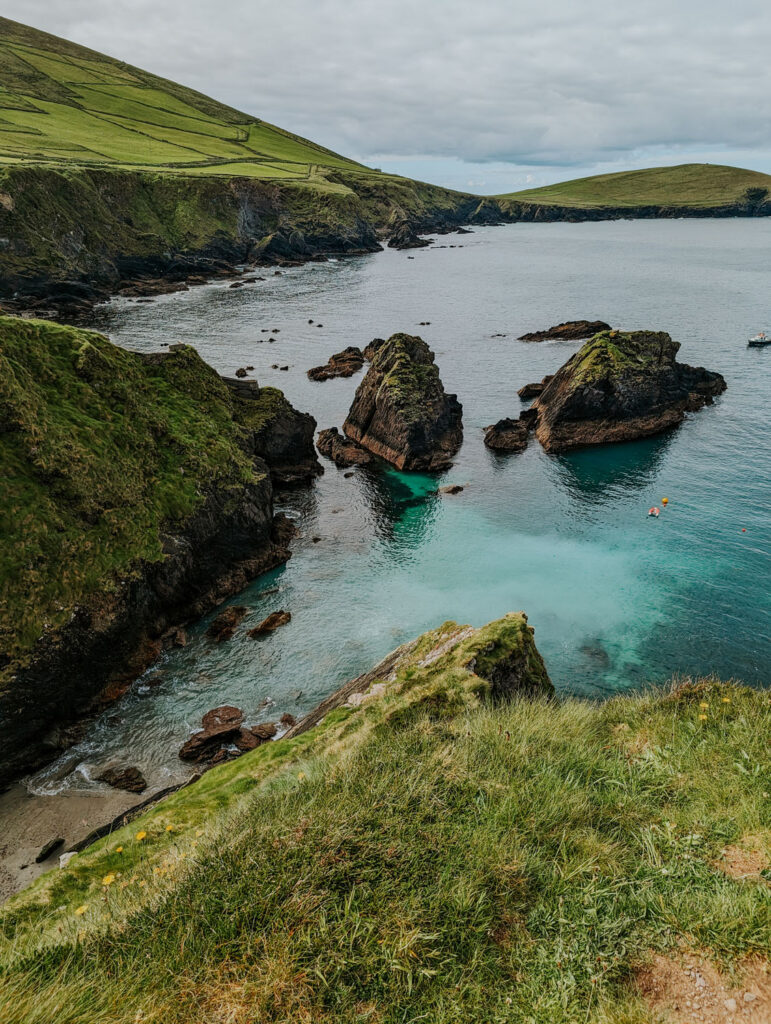
Gaelic is the Second Official Language
Gaelic (Irish) is the second official language of Ireland. Gaelic holds a significant place in the country’s cultural identity and heritage and is still spoken as a first language in some rural areas, particularly in regions known as the Gaeltacht, which includes parts of counties like Donegal, Galway, Kerry, and Mayo. Road signs often prioritize the Irish language, so don’t be surprised if you repeatedly see the word “Go Mal” as you make sharp turns, which means “Go Slow.”
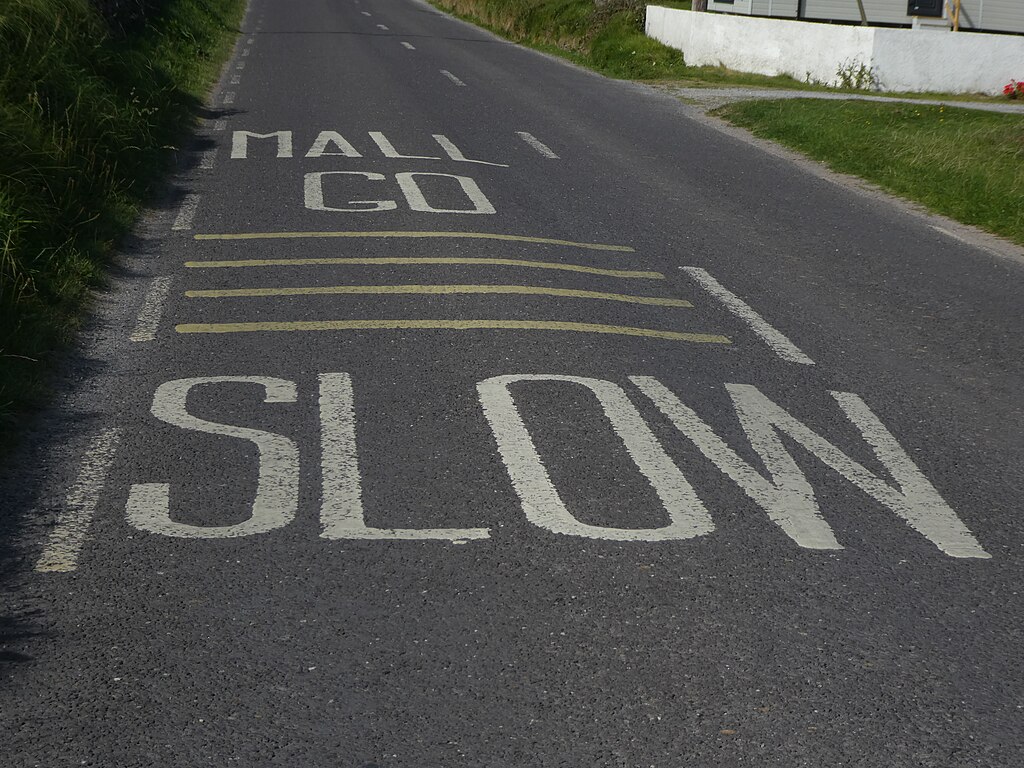
Discover the Stone Circles
Stone circles in Ireland are ancient megalithic monuments, typically consisting of large stones arranged in a circular or oval pattern. Though some may be older, these fascinating structures date back to the Bronze Age (circa 2500–500 BCE). While their exact purpose remains somewhat mysterious, it is widely believed that they were used for ceremonial, religious, or astronomical purposes. Many of these stone circles are aligned with significant solar events, such as the summer solstice or equinoxes, suggesting that ancient people used them to track celestial movements.
One of the easiest Stone Circles to visit is the Kenmare Stone Circle in County Kerry, near the famous Ring of Kerry Drive. This smaller stone circle, often called the Shrubberies, offers a peaceful, easily accessible site for visitors. A more off-the-beaten-path stone circle located in one of the most incredible landscapes is the Cashelkeelty stone circle. The walk to the stone circle is not too long from the parking lot, but this peaceful walk through the forest allows you to connect more deeply with the landscape, giving you the best chance to have a special moment when visiting the stones.
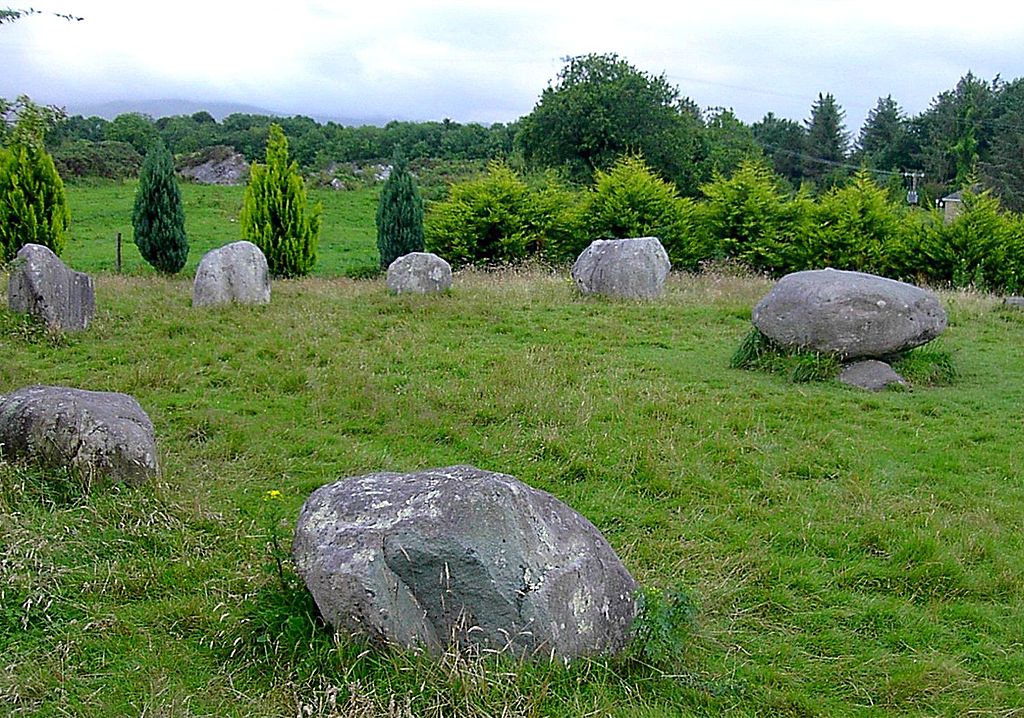
Tips on Visiting the Giant’s Causeway
If you’re planning to visit the Giant’s Causeway in Northern Ireland, one important tip to remember is that you don’t need to go through the Visitor Centre to enjoy the incredible natural wonder. The Visitor Centre, while modern and informative, functions largely as a gift shop and exhibit space and charges an entry fee. However, access to the actual Giant’s Causeway site and the surrounding UNESCO World Heritage Site is free, so you can avoid the fee by bypassing the Centre altogether.
The main walking path to the Giant’s Causeway is beside the Visitor Centre. Instead of entering the Centre, you can simply take the path around it and follow the signs that lead directly to the famous basalt columns. Another free and scenic route is walking down the causeway via the beach. Not only does this offer stunning coastline views, but you’ll also avoid crowds often congregating near the Visitor Centre.
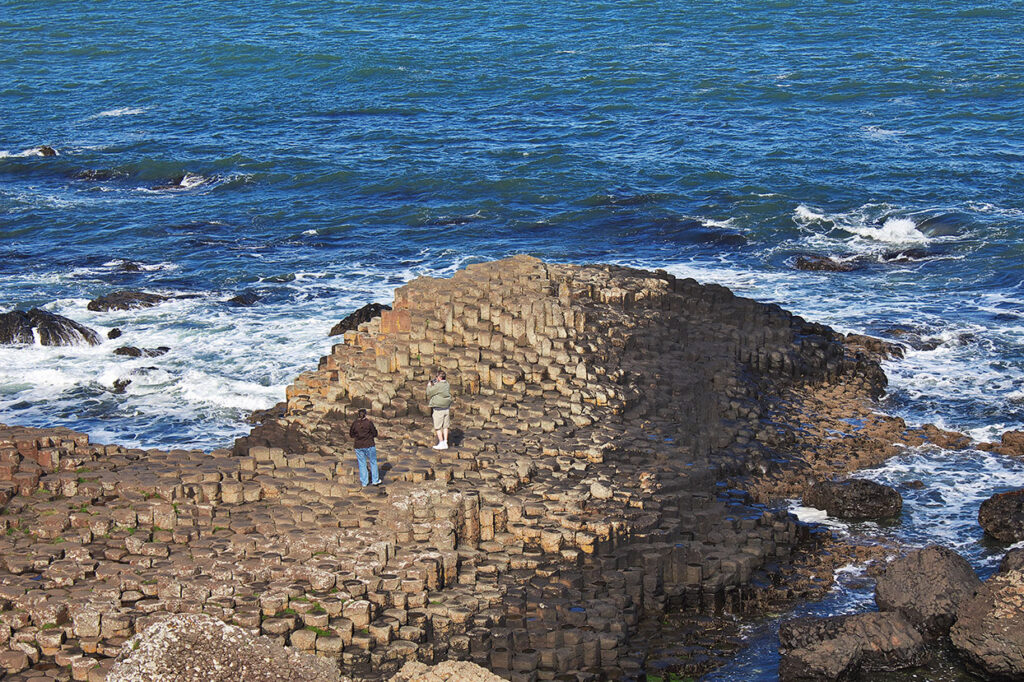
Grab Gas Station Irish Breakfast Roll
One of the biggest surprises we had was exploring the gas stations whenever we stopped to fill the tank. Gas stations, or petrol stations as they’re called here, are more than just places to refuel your car—they can also be a great place to grab a quick, affordable, and tasty meal. They often have freshly prepared meals, including breakfast rolls, hot sandwiches, soups, and pastries. Irish gas stations take pride in providing hearty food to cater to locals and travellers, and the food quality is often much higher than expected.
My favourite on-the-road breakfast became an Irish breakfast roll from the gas station. The breakfast roll is packed with sausages, rashers (bacon), eggs, black and white pudding, and sometimes hash browns—all served inside a soft roll. It’s a filling, delicious, and affordable option that can set you up for a full day of exploring. And don’t forget to grab a few packs of brown sauce, a classic condiment in Ireland. And all the bathrooms I found along the way in these gas stations were super clean, which made every stop an absolute pleasure.
How to Get a Bus to Stop
Although this is more common in Europe, coming from North America, where buses will automatically stop at every bus stop, I had to learn the hard way that, in many cases, you do need to put your hand out to signal that you want to board a bus in Ireland, particularly in urban areas like Dublin or smaller towns where buses won’t stop unless a passenger signals them. Otherwise, the bus may pass by, assuming no one is getting on. When you’re on the bus and want to get off at the next stop, most buses have a “stop” button you can press, which signals to the driver that you’d like to get off at the next available stop. Also, be aware that many buses will not accept cash or give change, so buy your tickets from the station to avoid getting booted off the bus!
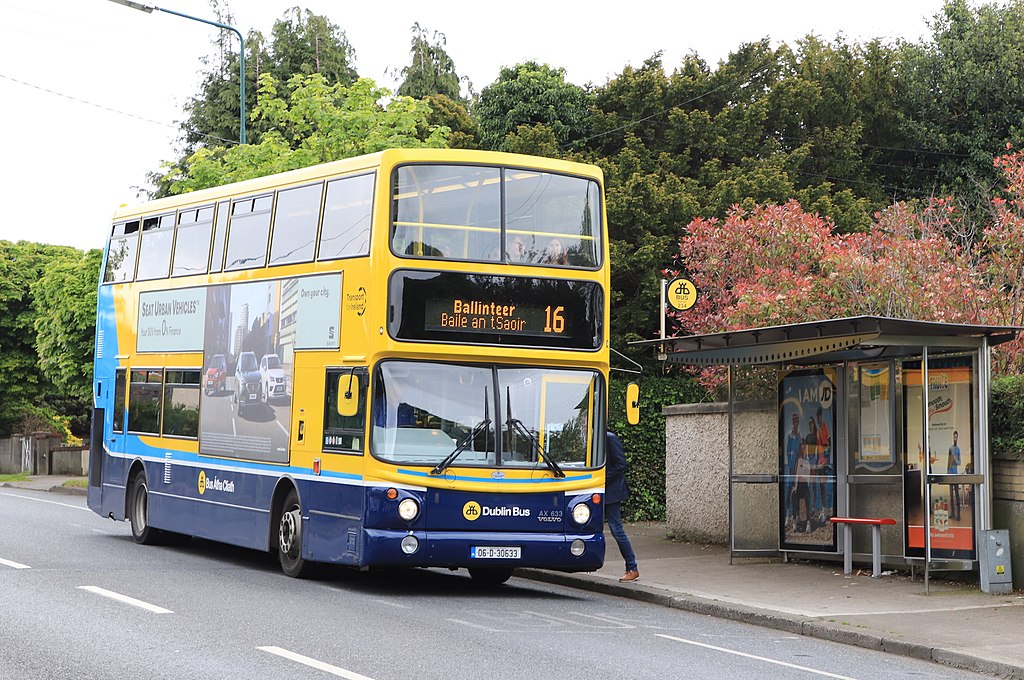
Blarney Castle is more than just the Stone.
Blarney Castle, located near Cork in southern Ireland, is probably one of the most famous sights in Ireland. This famous medieval stronghold dates back to the 15th century and is best known for the Blarney Stone, which is said to give those who kiss it the “gift of eloquence” or the ability to speak persuasively. Visitors must climb a steep, narrow staircase to reach it and lean backward over a gap (with assistance) to kiss the stone.
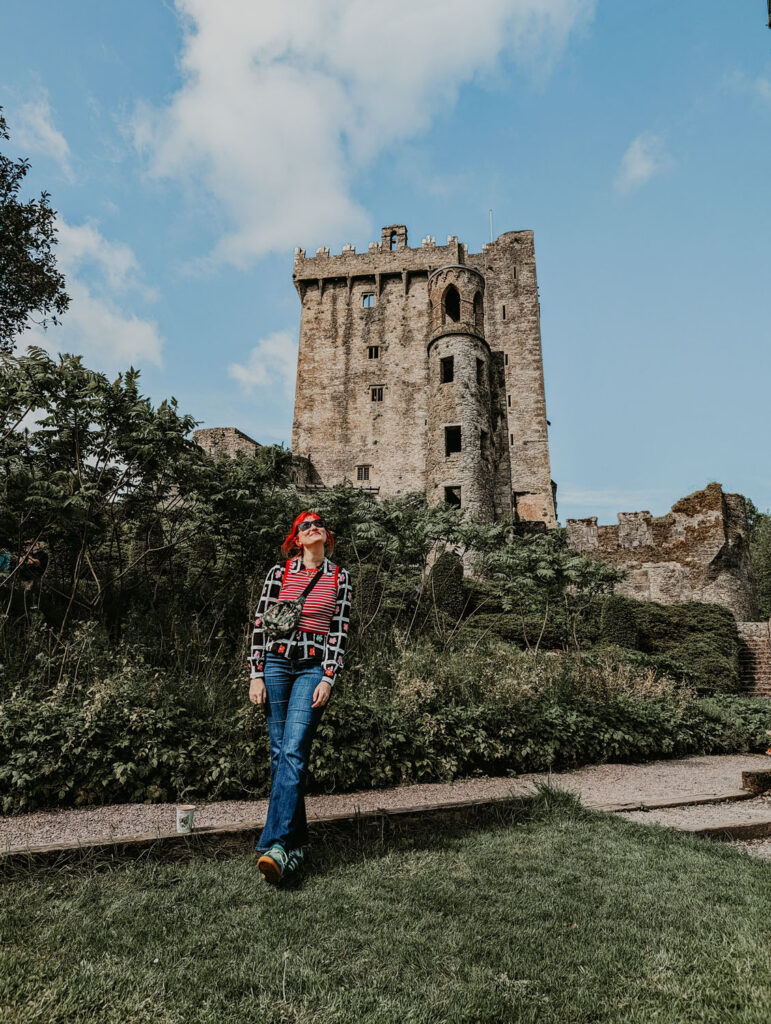
But they don’t tell you that the wait time to kiss the Blarney Stone is often the longest part of the visit, especially during peak tourist season (summer months). Depending on the time of year and day, the wait can be anywhere from 30 minutes to 2+ hours. The queue forms at the tower’s base and moves up a narrow spiral staircase. We got in line early in the morning, and our wait was over an hour. And the winding staircase up to the stone is boring, without much to see or entertain you. So bring a book or podcast, or spend the time catching up on your Instagram posts!
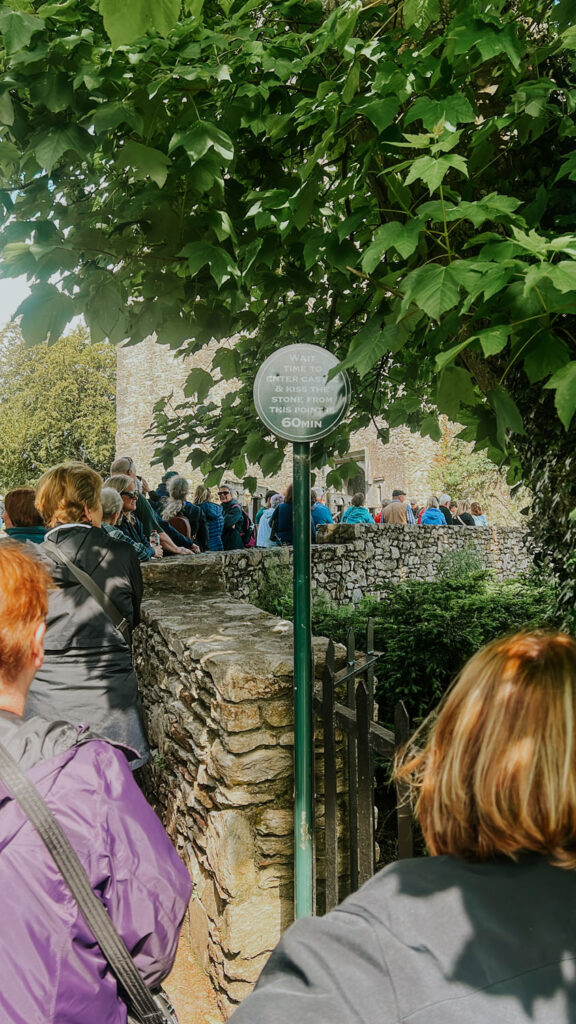
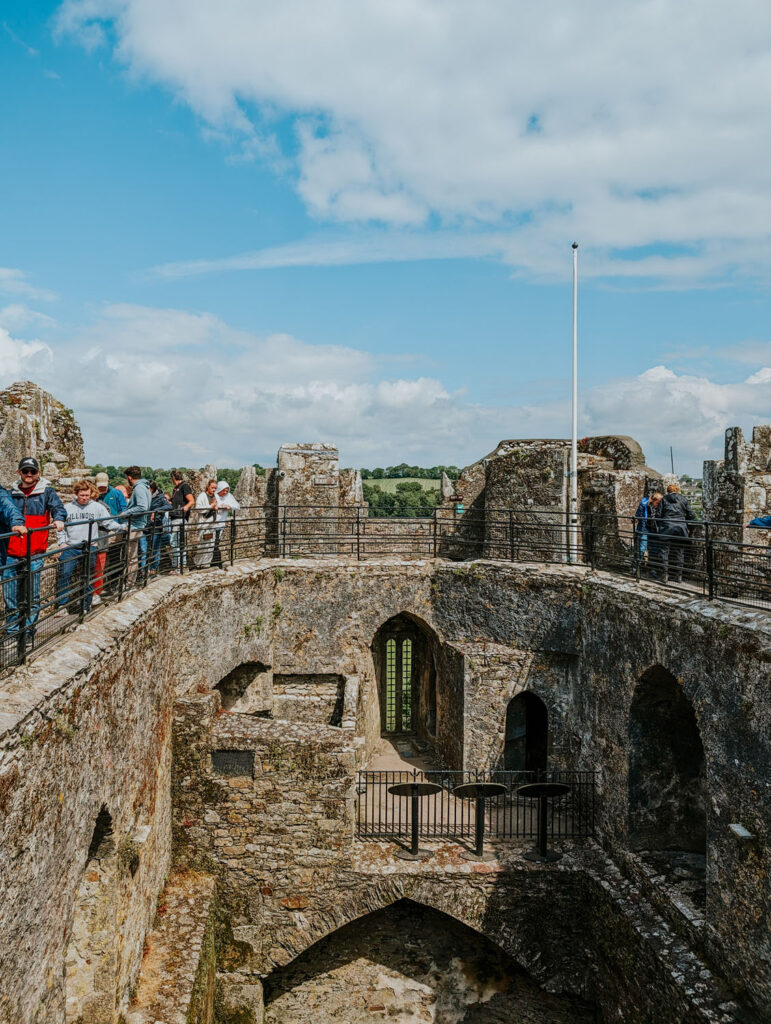
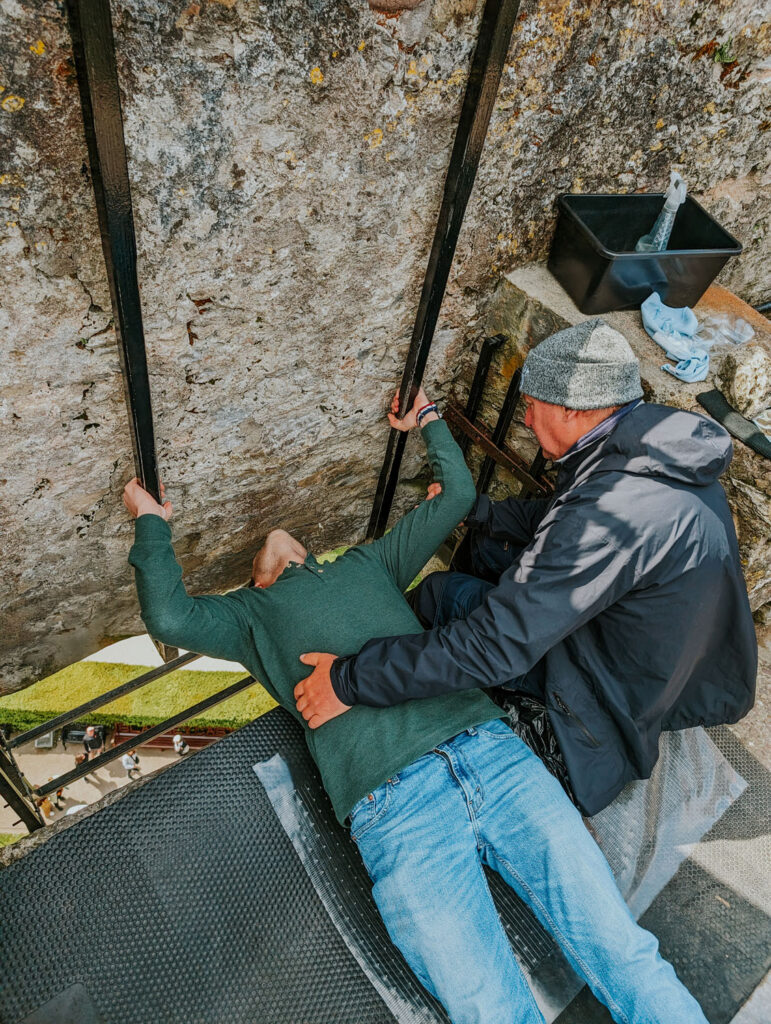
But honestly, if you come to Blarney Castle with limited time, consider not waiting in line and giving it a miss. I know, I know, “blasphemy!” you might say. But I watched so many visitors, mainly on time-sensitive bus tours, who were waiting in line, kissing the stone, and had to get right back on the bus. And they missed out on the best parts of visiting the castle. The castle is set amid beautiful gardens and offers visitors a glimpse into Ireland’s rich history and folklore. The land is believed to have been a sacred site for the Druids long before the medieval structure was erected. The Druids, the learned class of ancient Celtic societies, were known for their spiritual practices, closely tied to nature, the seasons, and sacred places. Several areas around Blarney Castle reflect these ancient connections, including the Rock Close (Druid’s Circle), Wishing Steps, and the Witch’s Kitchen. Missing out on exploring these places allows you to experience the spiritual energy and mystery of Ireland’s ancient past.
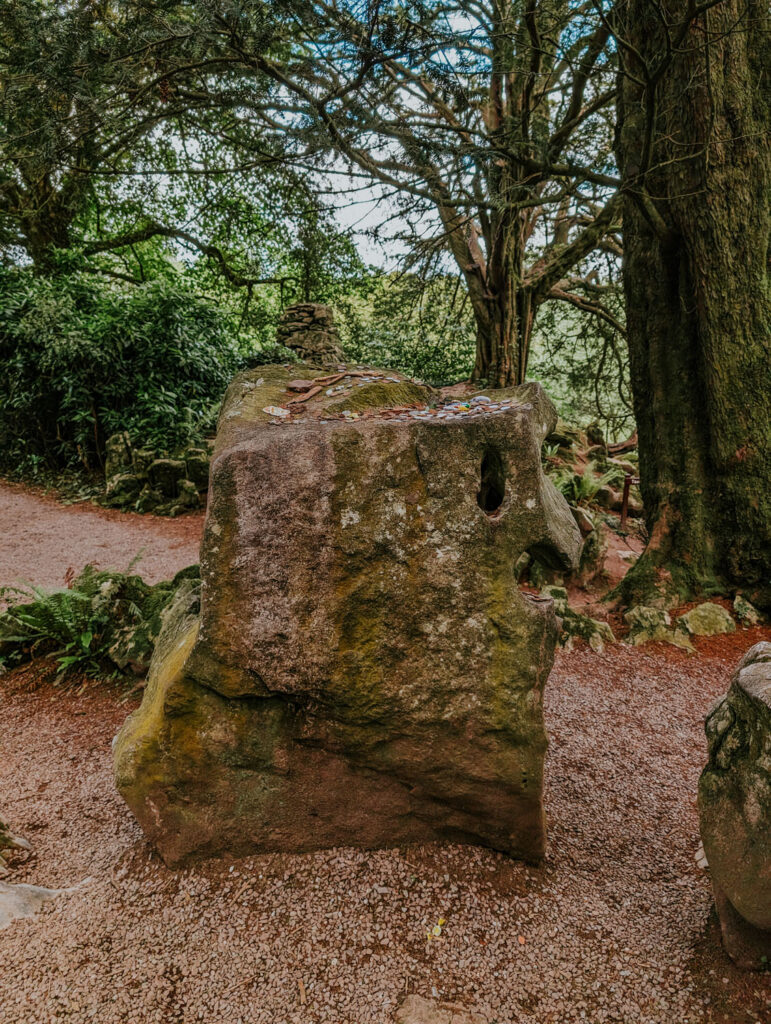
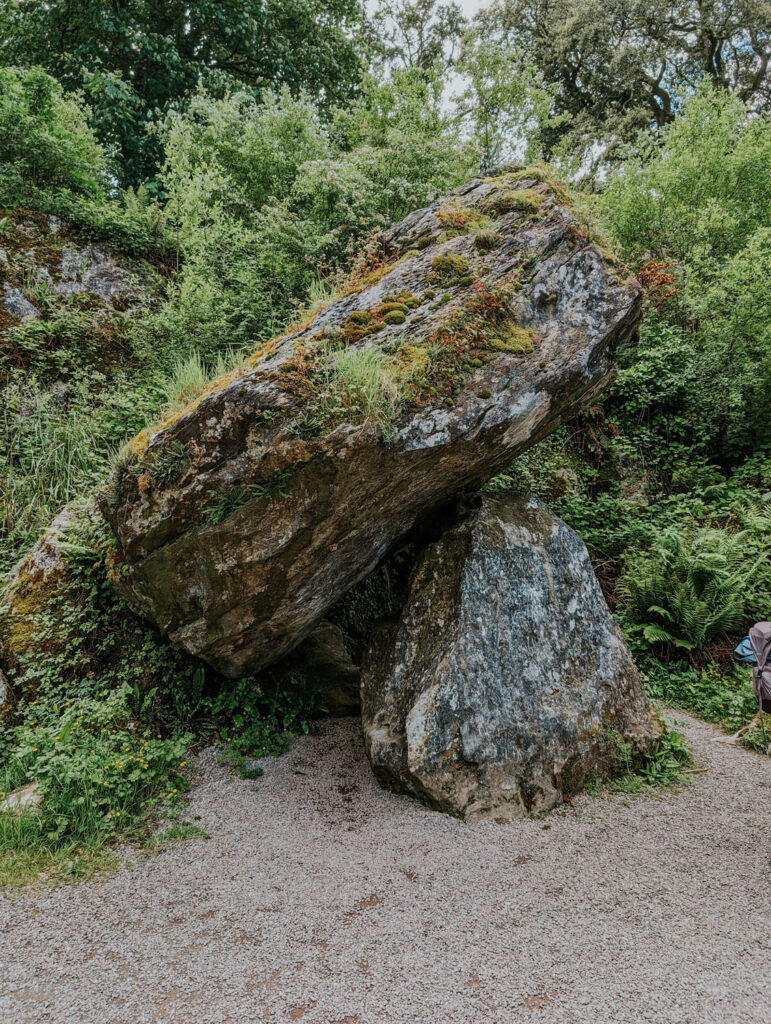
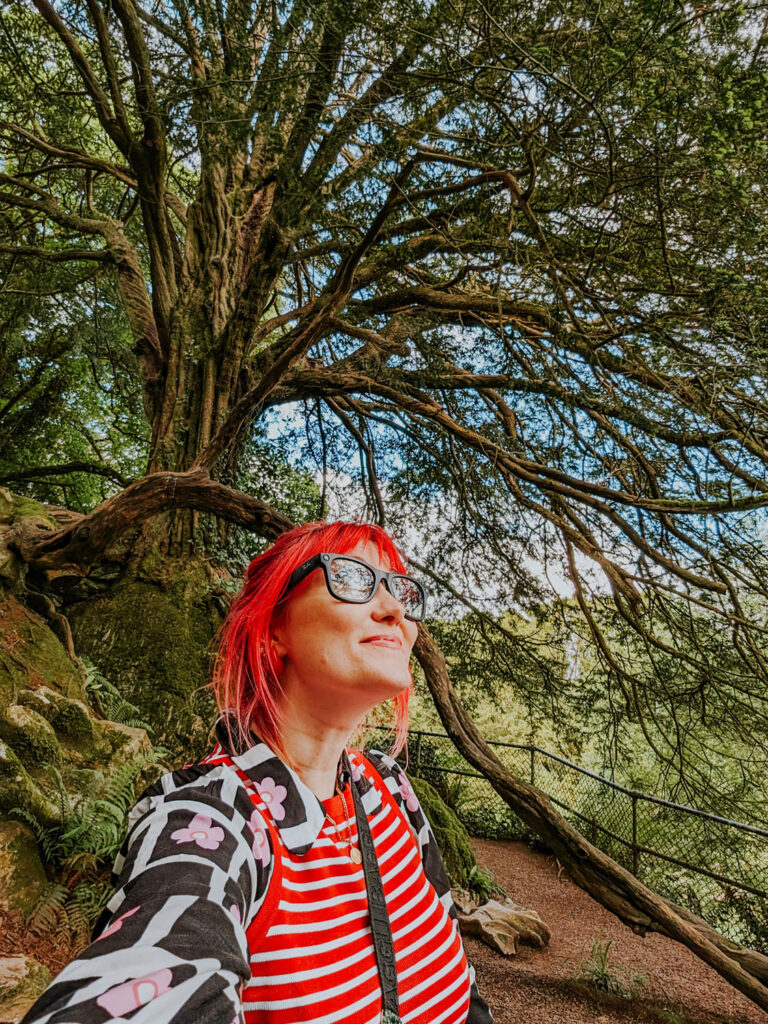
What to Know Before Buying Irish Wool Products
Irish wool is famous for its exceptional quality, warmth, and durability, largely due to the rugged climate in which the sheep are raised. Wool from breeds like the Irish Galway and Donegal sheep is known for its thickness and resilience, making it ideal for crafting traditional garments such as Aran sweaters. These sweaters are functional and steeped in Irish cultural history, featuring unique patterns that represent Irish heritage.
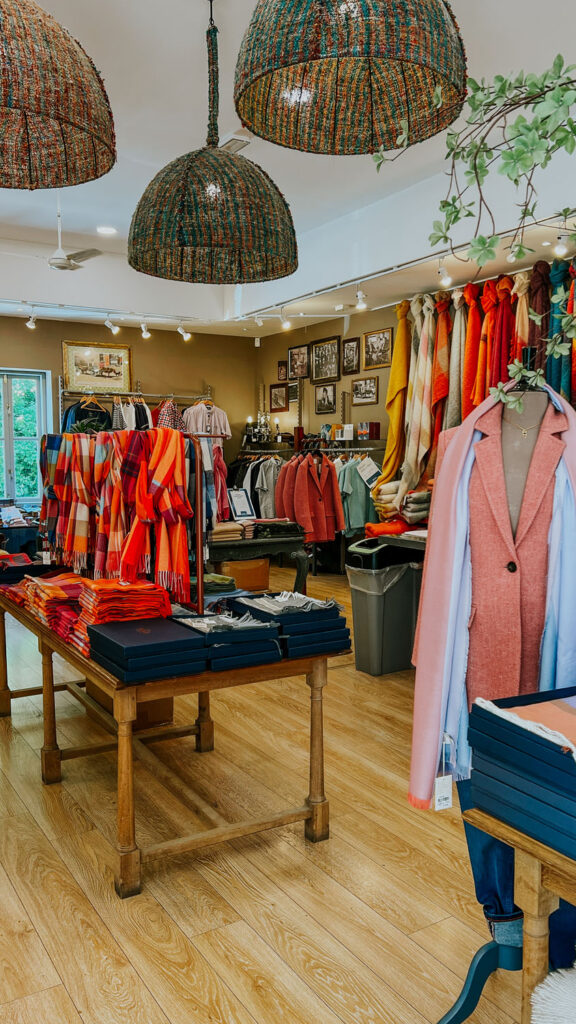
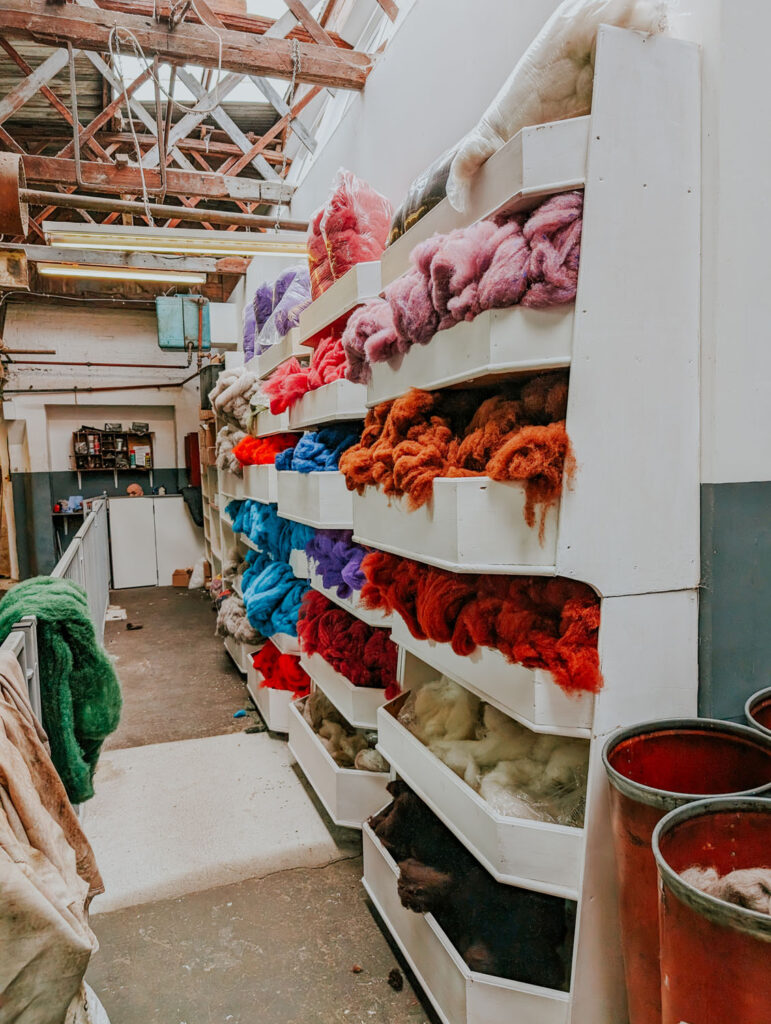
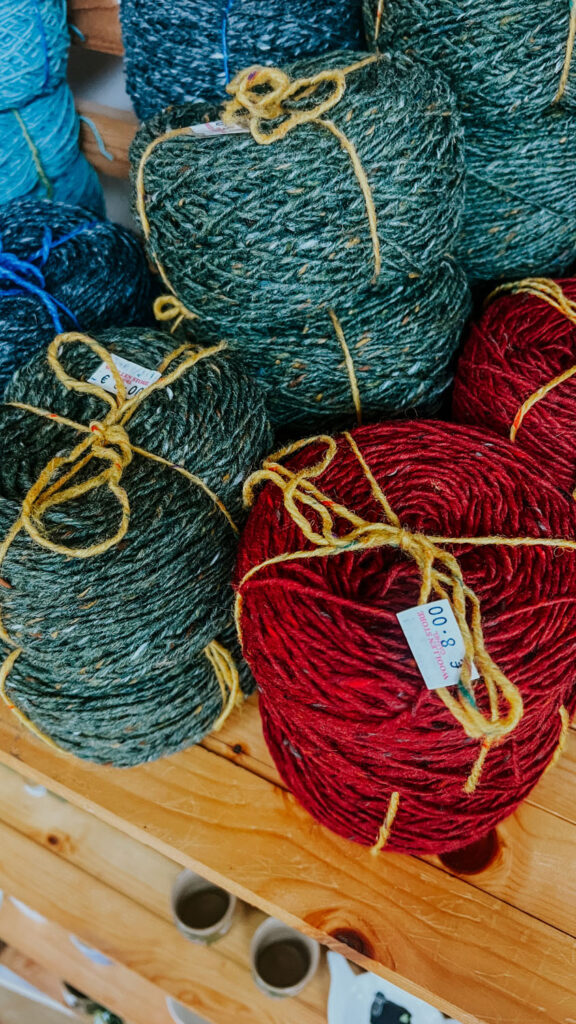
Purchasing wool from trusted vendors or shops specializing in Irish wool is important, as some souvenir shop sweaters might be manufactured elsewhere. Look for labels that say “Made in Ireland” or “100% Irish Wool.” Brands like Avoca, Blarney Woollen Mills, and Aran Sweater Market are popular and reputable for purchasing Irish wool products. And consider purchasing from smaller, local businesses or artisans who craft their wool products by hand.
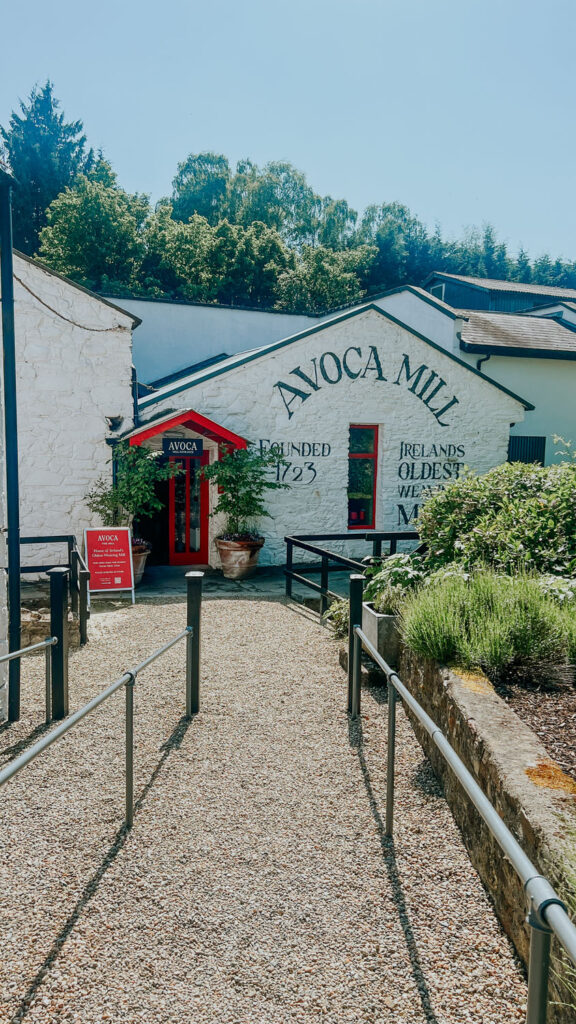
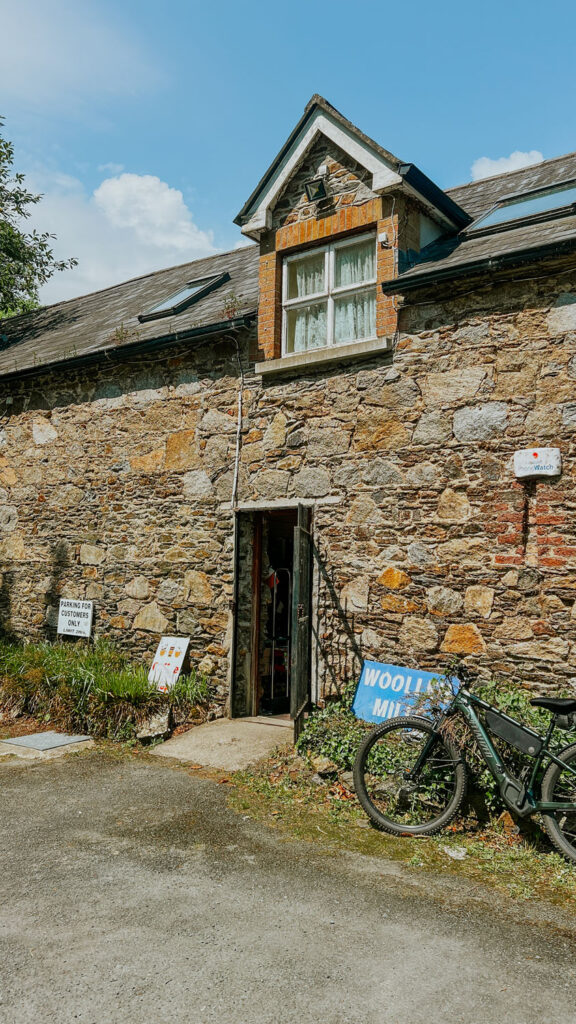
Authentic, handcrafted Irish wool products, especially those made by local artisans, will cost more than mass-produced items. Aran sweaters, for instance, can range from €80 to €300 depending on where and how they’re made. There are two types of Irish wool. The first is Merino Wool, which is softer and less itchy than traditional wool and Aran Wool, which is thicker than traditional Irish wool, made into iconic cable-knit patterns which tend to be warmer and more durable but may feel coarser than other wools.
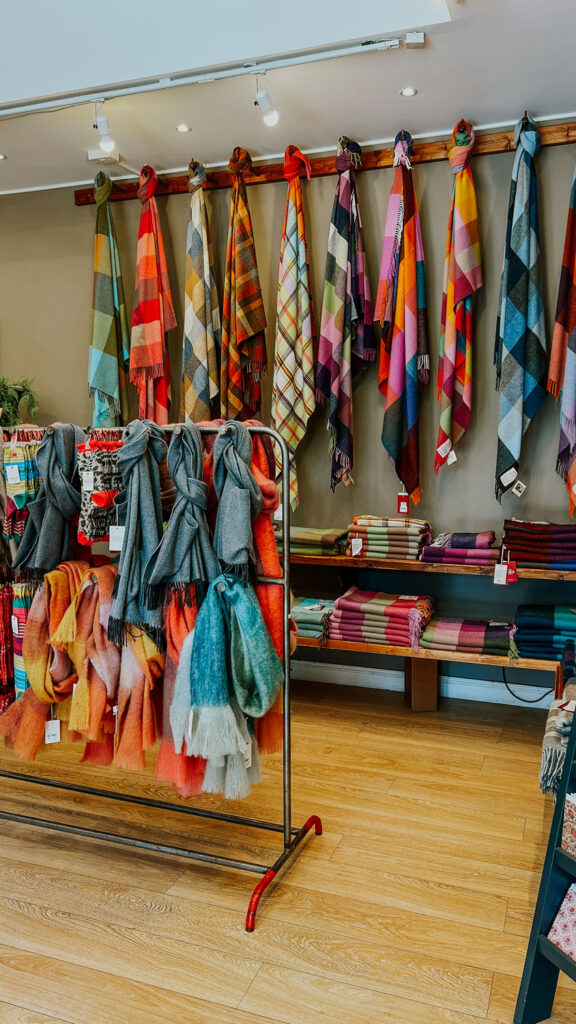
Don’t Forget Your VAT Refund
When buying Irish wool products or other expensive goods in Ireland, non-EU residents can often claim a tax refund (VAT refund). Ireland’s VAT rate on goods, including wool products, is 23%, so it’s no small fee that really adds up along the way. Look for stores displaying signs like “Tax-Free Shopping” or “VAT Refund“. These stores are registered to participate in the tax-free shopping refund. Ask the shop if they offer VAT refund forms when purchasing products. Some stores automatically provide these forms, while others may require you to request them. Usually, there is a minimum purchase amount to qualify for VAT refunds (e.g., €30), so check with the retailer. And be sure to keep all your receipts. There are different refund providers, and often, you can’t combine these forms, so you might have to keep track of which purchases go with which provider.
Before leaving Ireland or the EU, you must get your VAT refund form stamped at customs at the airport or point of departure. Present your receipts, purchased goods, passport, and completed VAT refund form at the VAT refund desk or self-service kiosks (usually found in major international airports). It might seem like a hassle if you aren’t spending too much money, but if you’re planning on bringing home lots of expensive wool products, you might save yourself money by getting the refund.
Buy Tickets in Advance
As mentioned before, Ireland, especially in high season, can be very busy, and buying tickets in advance for popular attractions is highly recommended. Some sites, such as Newgrange or the Book of Kells exhibit at Trinity College, have limited daily admissions. Purchasing tickets in advance ensures your entry and avoids disappointment, especially for attractions that sell out quickly. We saw many people getting turned away at the Book of Kells, and at Blarney Castle, the line to buy tickets was extremely long. Pre-booking tickets allows you to skip long lines and enjoy the site more than wait. Many attractions offer discounts or special rates for online bookings, so buying tickets in advance can save you money. Additionally, package deals for multiple attractions are often available online, providing more value for your trip.
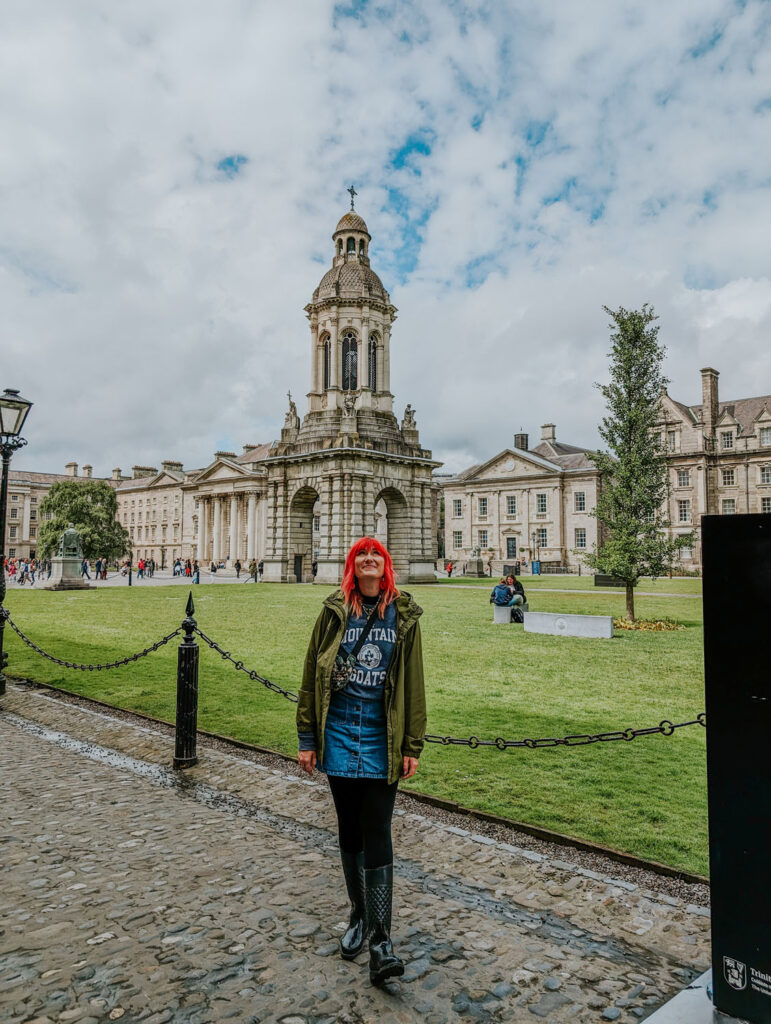
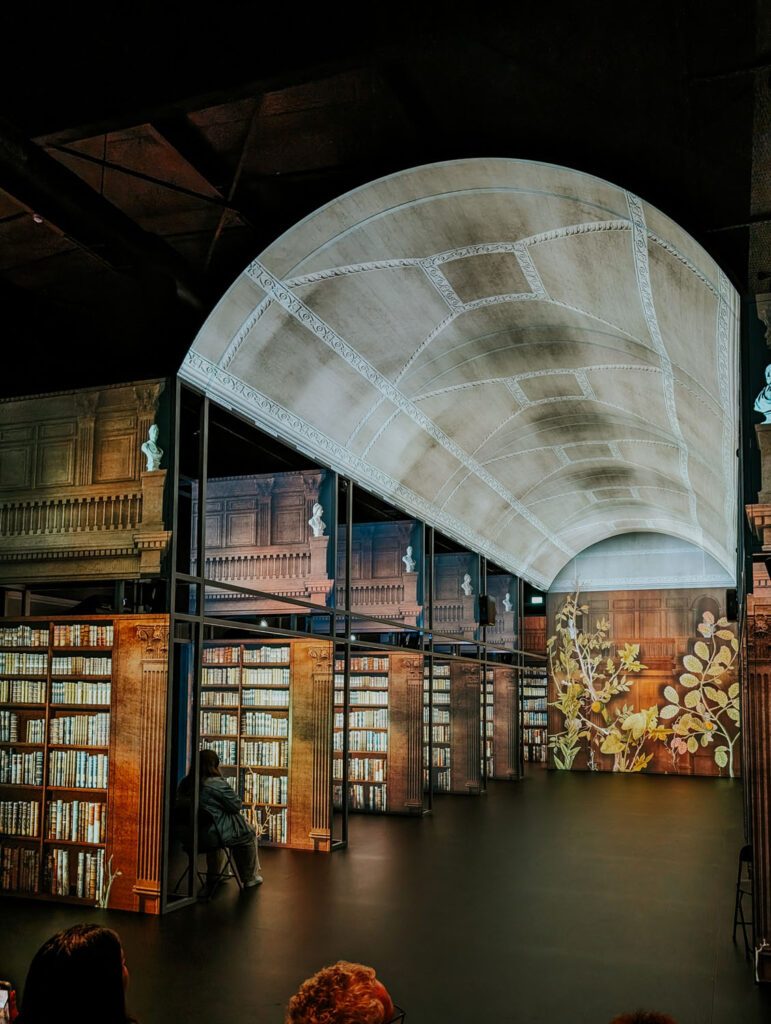
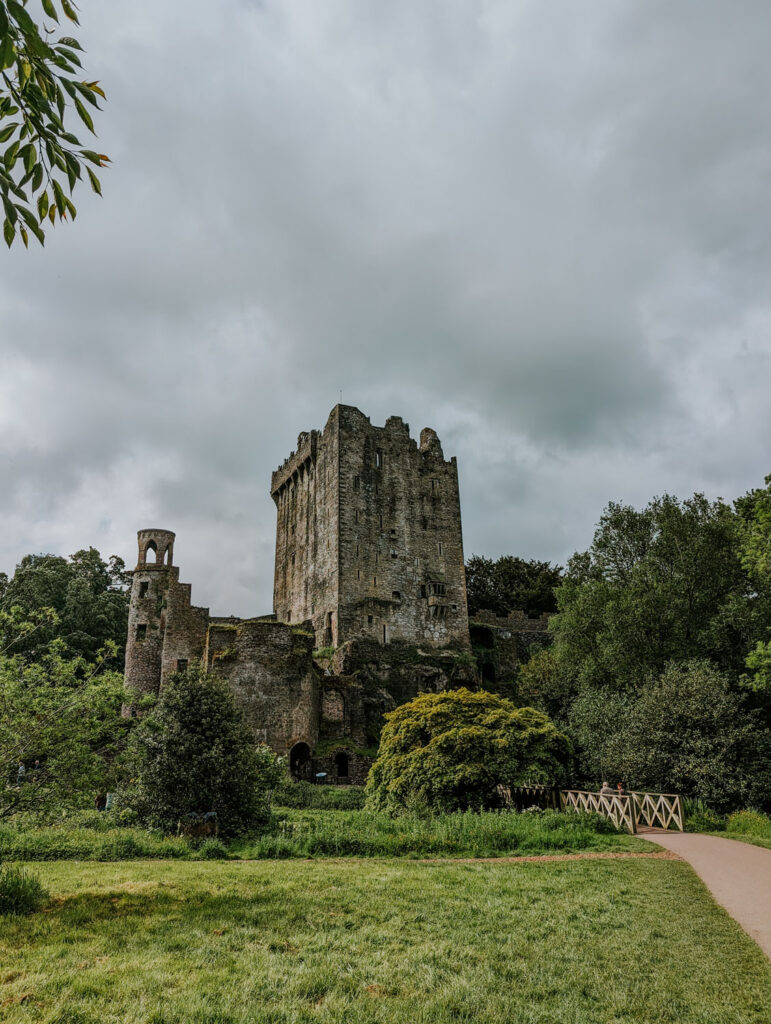
Have Tea over Coffee
I’m a coffee lover, and I start every morning with my trusty warm brew. And while I’m definitely not a coffee snob or aficionado, I did find the coffee in Ireland wasn’t the greatest. I had a few good lattes in cafes, but for the most part, in the B&Bs or even some restaurants, the coffee was never very good. But rather than complain, I opted to start drinking tea, as this is what Ireland is known for, after all!
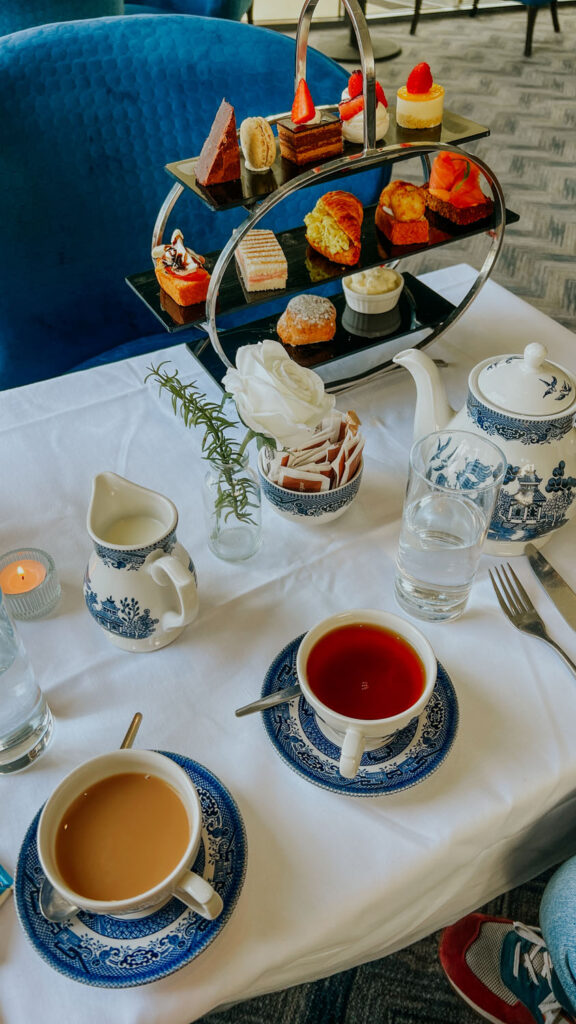
Typically, Irish tea blends are black teas, often using a mix of Assam and Ceylon teas, giving it a robust, malty taste perfect for having with milk and sugar. Brands like Barry’s Tea and LyBarry’s are household names, with many Irish households brewing tea multiple times a day, whether for breakfast, a midday break, or just to keep warm on a cold day! I always felt so Irish drinking tea on a cold morning, looking out on the foggy green landscape stretching out in front of me!
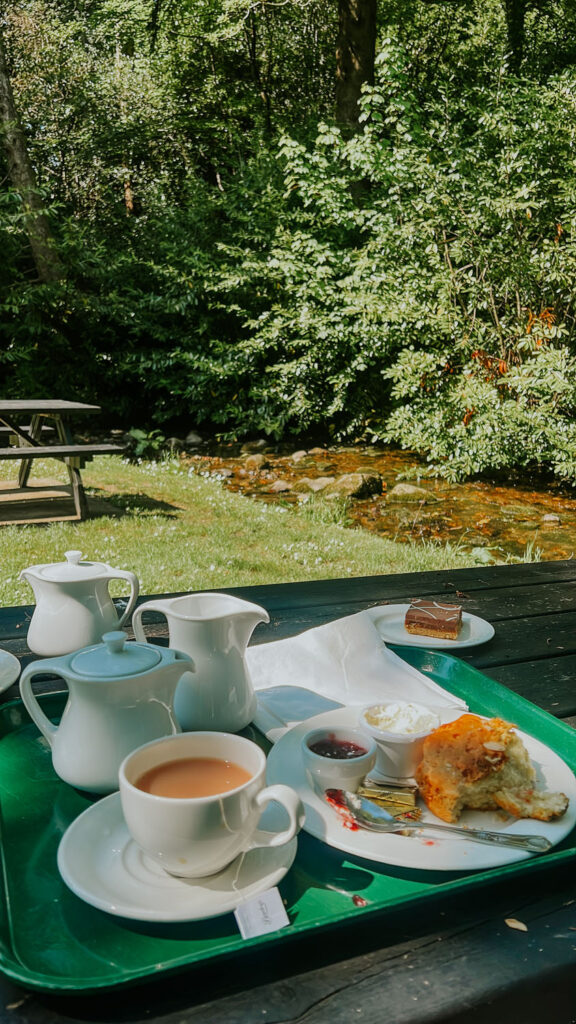

Don’t miss the Irish Beaches!
You might be thinking that the last thing I expected to be associated with Ireland was beaches, but honestly, the beaches in Ireland are one of its greatest hidden gems! Though Ireland is known for its green countryside, its beaches are equally captivating with their wild, unspoiled beauty. From the long stretches of sand at Inch Beach in County Kerry to the sandy dune of Brittas Bay, Irish beaches offer diverse scenery for beachgoers and adventurers alike. Even if it’s too cold to swim, Irish beaches offer views of the dramatic coastlines covered in golden sands and breathtaking views of the Atlantic Ocean.
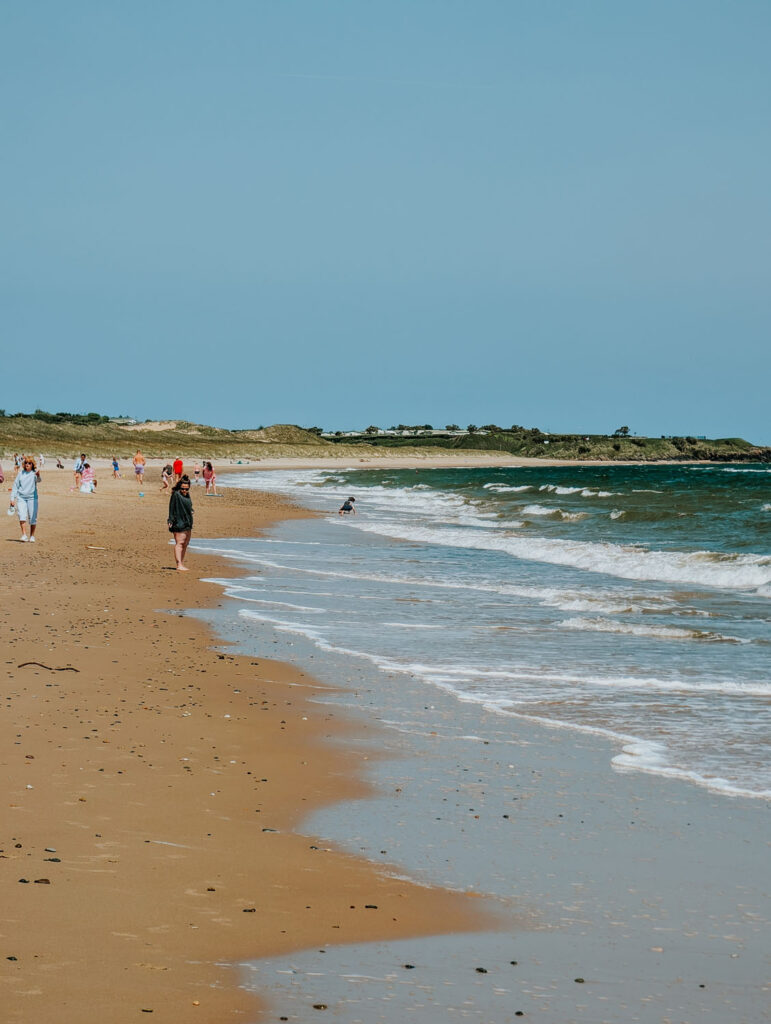
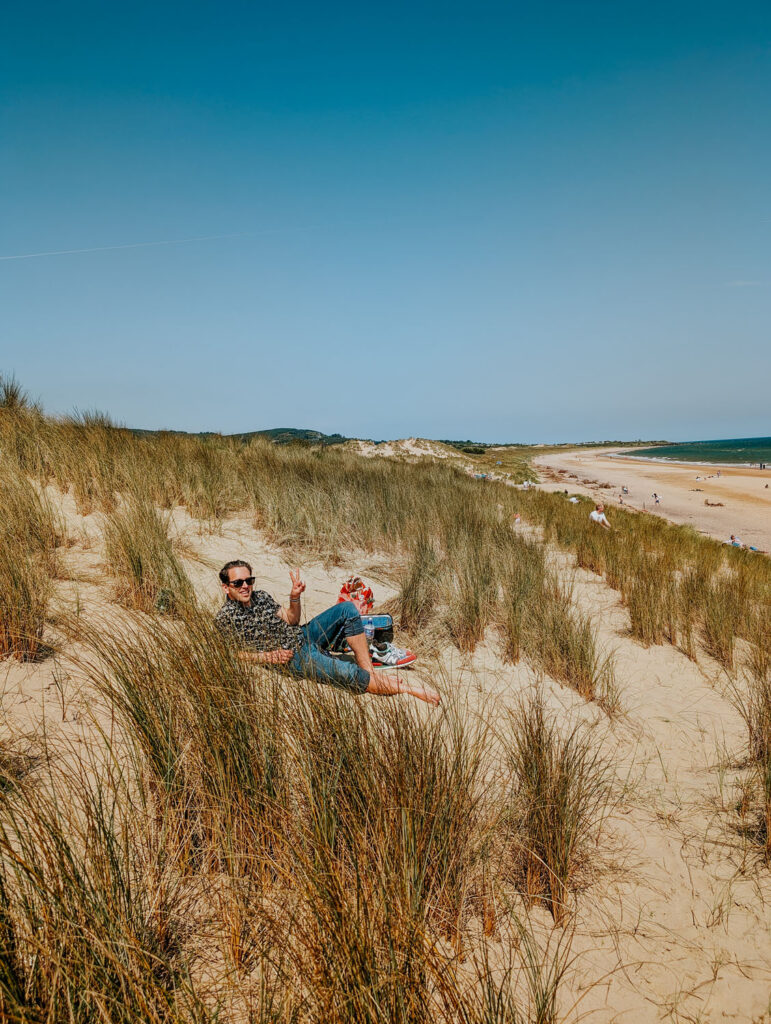
Despite the cooler climate, Irish beaches are popular for activities like surfing, especially along the Wild Atlantic Way, with spots like Bundoran and Lahinch drawing surfers worldwide. Many beaches, such as Ballycastle Beach in Northern Ireland and Curracloe Beach in County Wexford, have even gained recognition for their appearances in films like Game of Thrones and Saving Private Ryan.
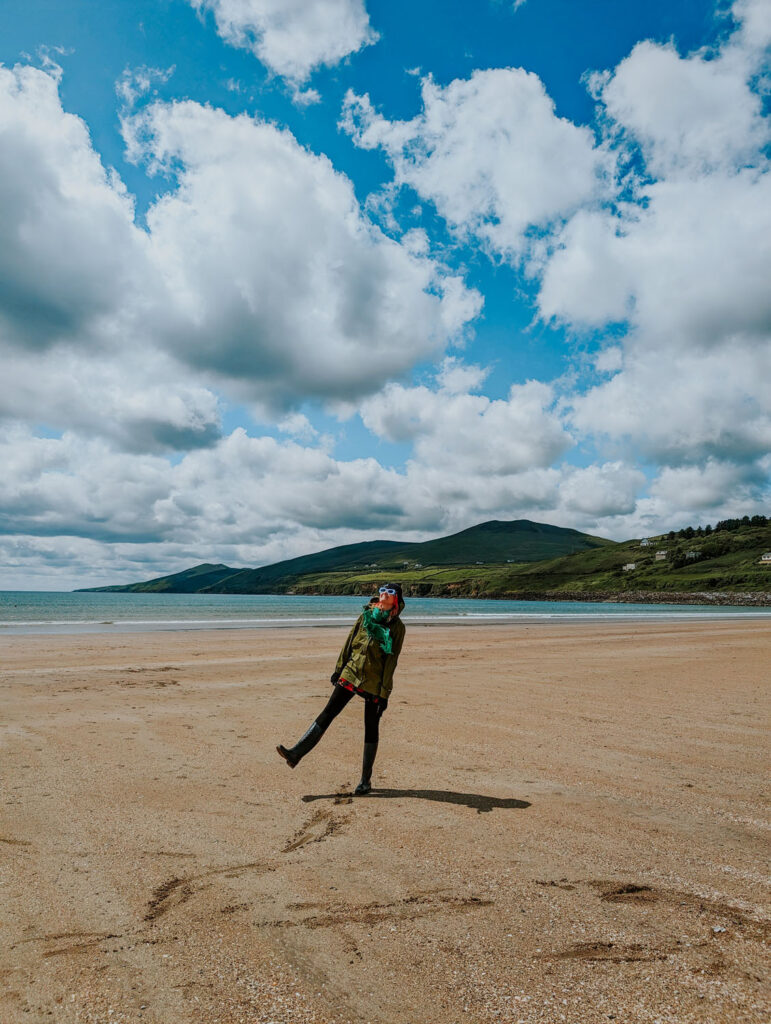
Grab Yourself a Spice Bag
The Irish spice bag is a beloved, relatively modern takeaway dish that has become an iconic part of Irish fast food culture. Originating in Dublin, this fusion dish combines elements of Chinese cuisine with a distinctly Irish twist. A typical spice bag consists of crispy shredded chicken (or sometimes pork), chips (fries), fried onions, and peppers, all tossed in a spicy, salty seasoning mix. The seasoning usually includes a combination of chilli powder, five-spice, garlic salt, and paprika, giving it a bold and flavorful kick. While it’s most commonly seen at Chinese takeaways across Ireland, the spice bag has developed a cult following, especially for late-night eats or casual dining. The spice bag’s appeal lies in its crunchy texture, spicy flavour, and satisfying ingredients, making it a go-to option for those seeking a quick, tasty, and filling meal. Many places offer variations, with some adding extras like curry sauce or chilli flakes, further solidifying its status as a fast food favourite in Ireland. Even some of the more upscale restaurants have started serving an upscale version of this previously budget dish, which really shows how popular the food has gotten, making it a must-eat on your next trip!
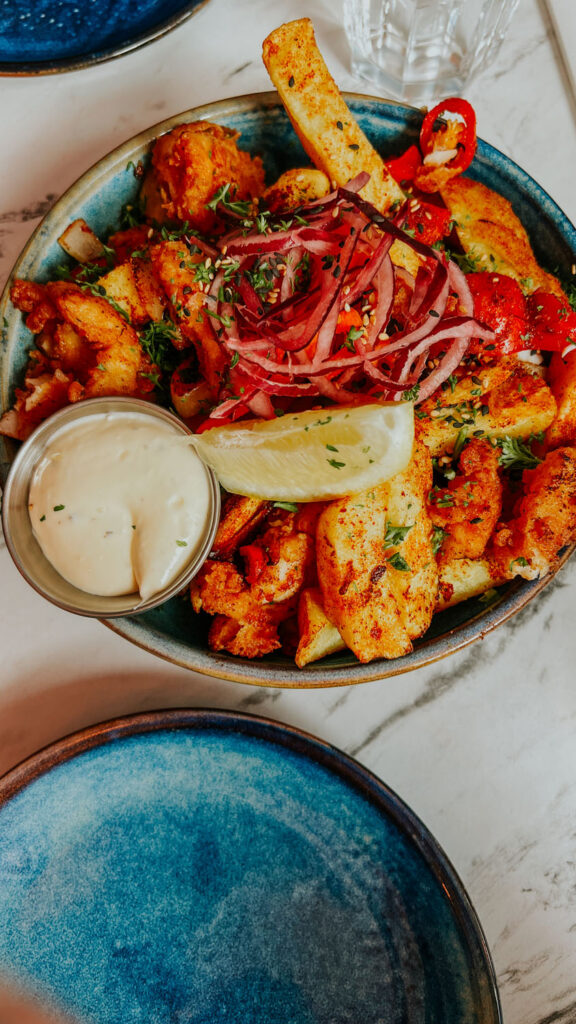
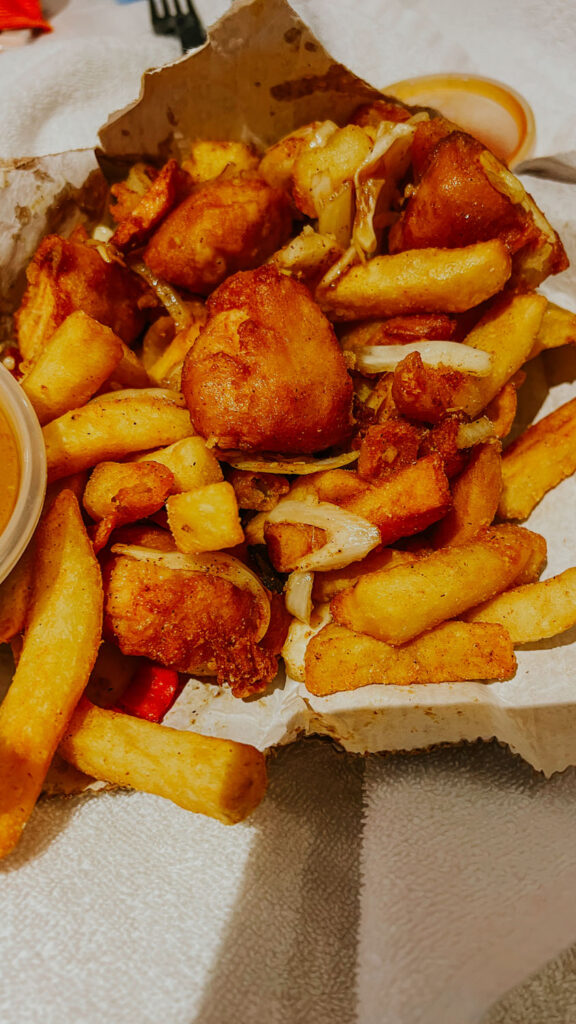
Preparing for your trip to Ireland with these essential tips will help you make the most of this beautiful country. From navigating the unpredictable weather to embracing the local customs, Ireland has much to offer beyond the obvious tourist attractions. Whether you’re soaking in the breathtaking scenery, enjoying a pint in a cozy pub, or exploring the rich history and culture, taking the time to slow down and appreciate the charm of everyday Irish life will make your experience unforgettable. So pack your layers, bring an open mind, and prepare for an adventure filled with warmth, beauty, and craic!
Happy Travels, Adventurers!
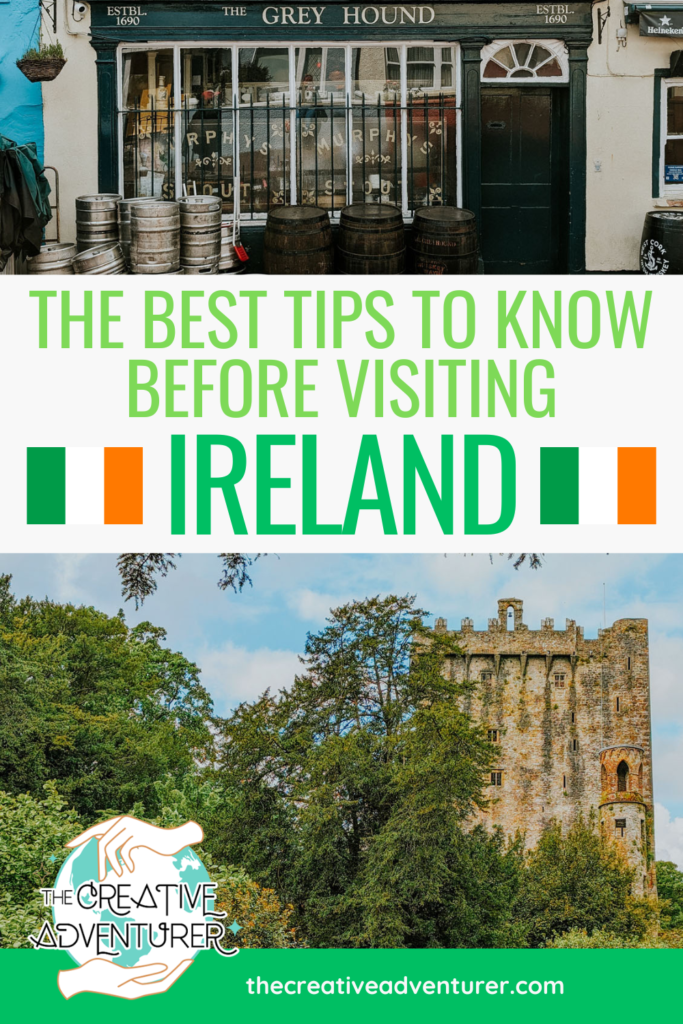
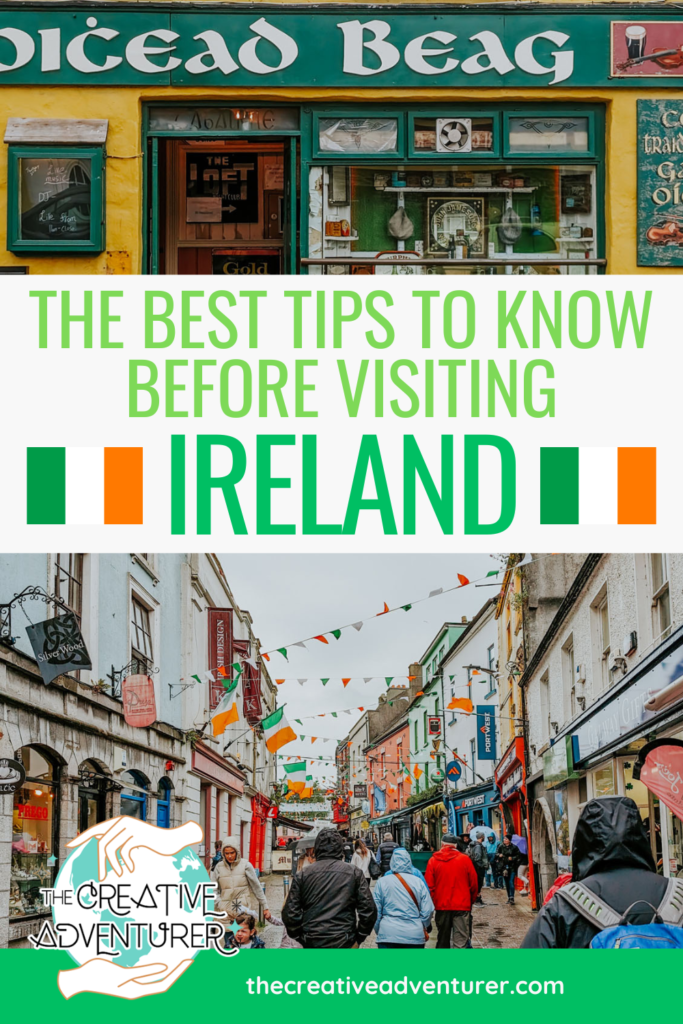
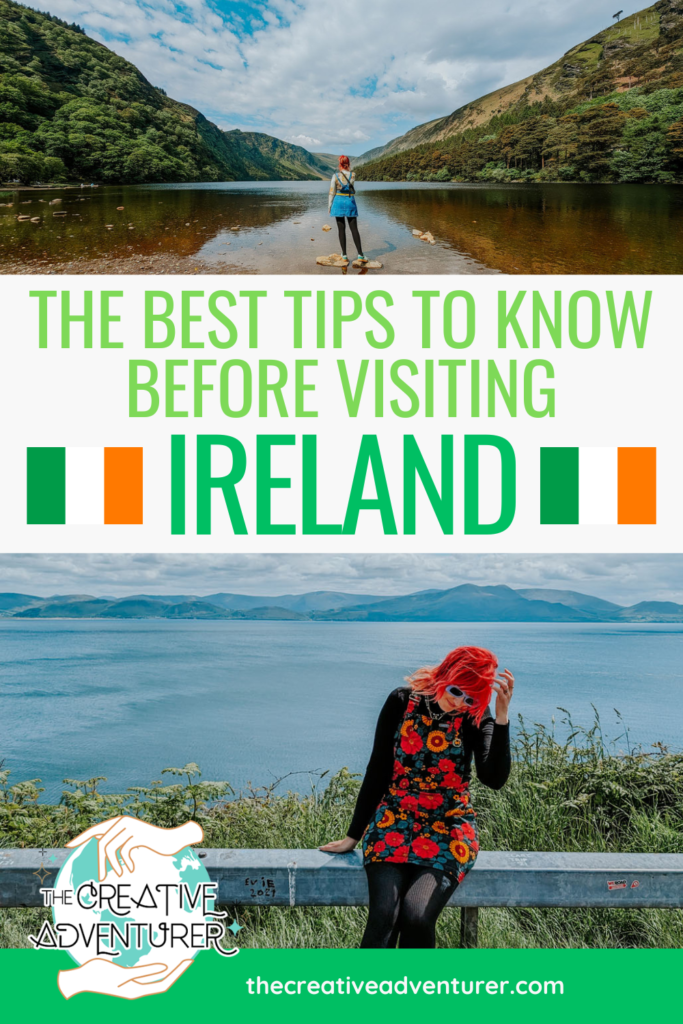
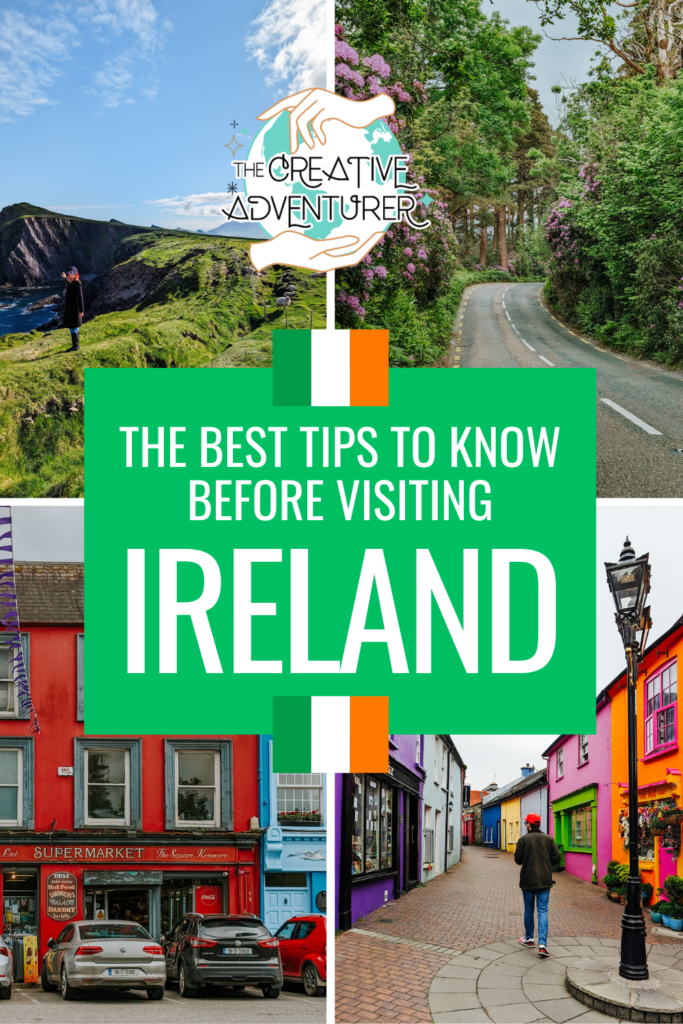
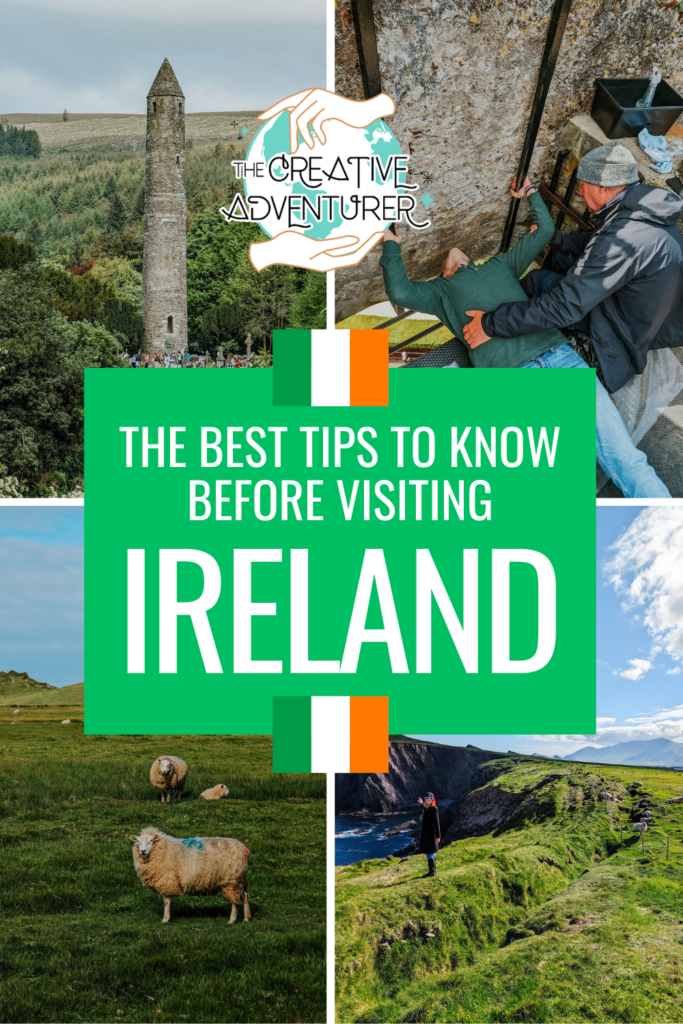
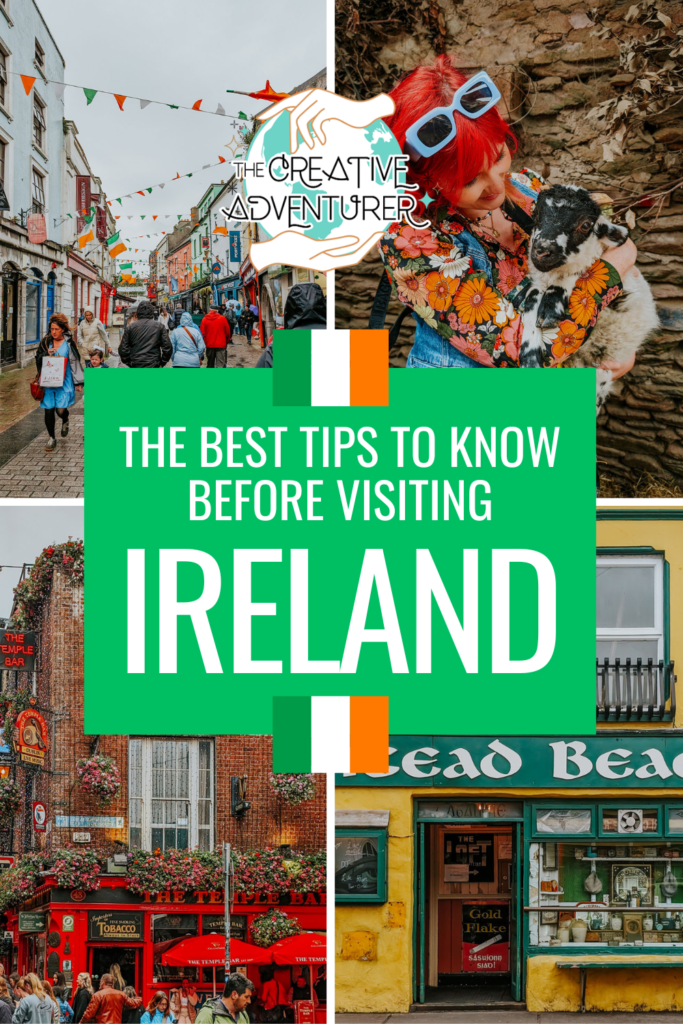


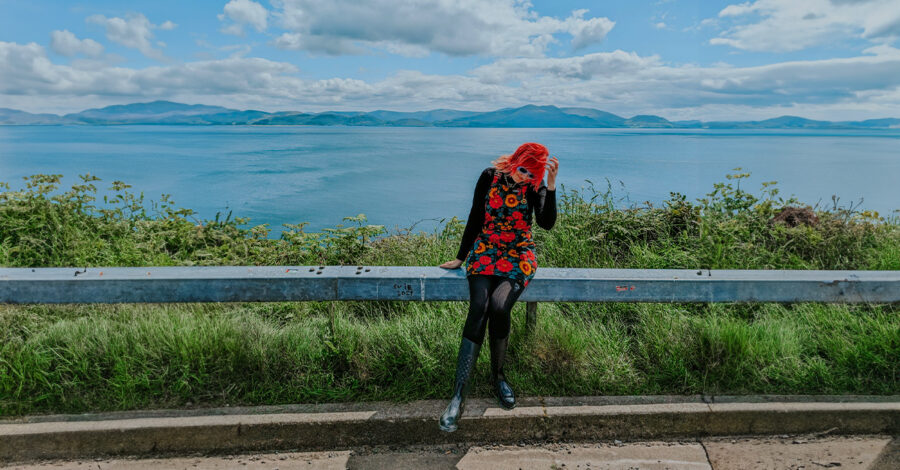
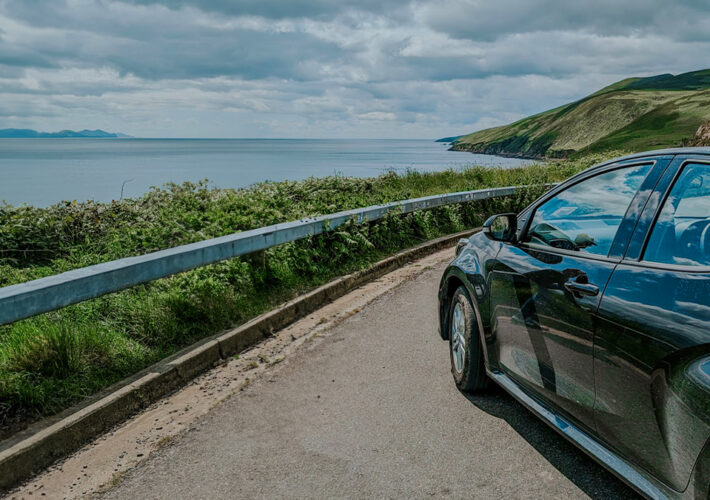
Leave a Comment